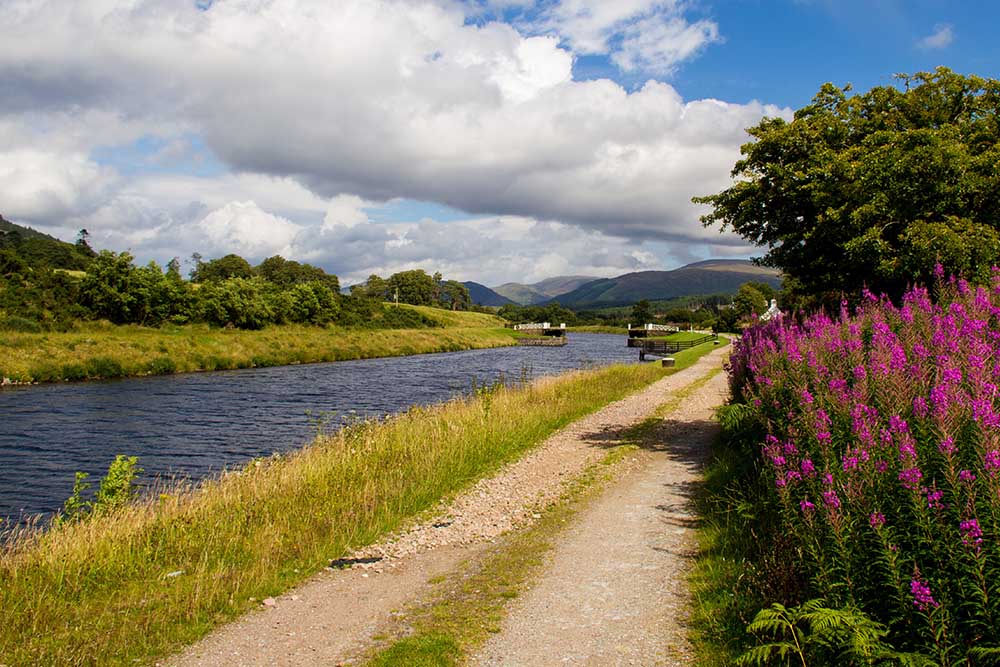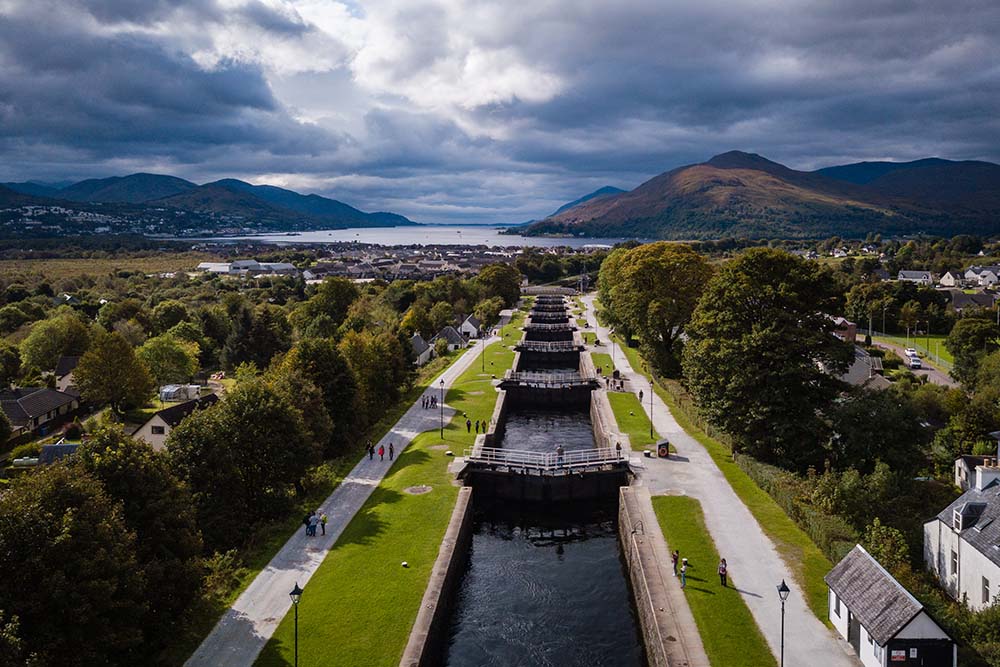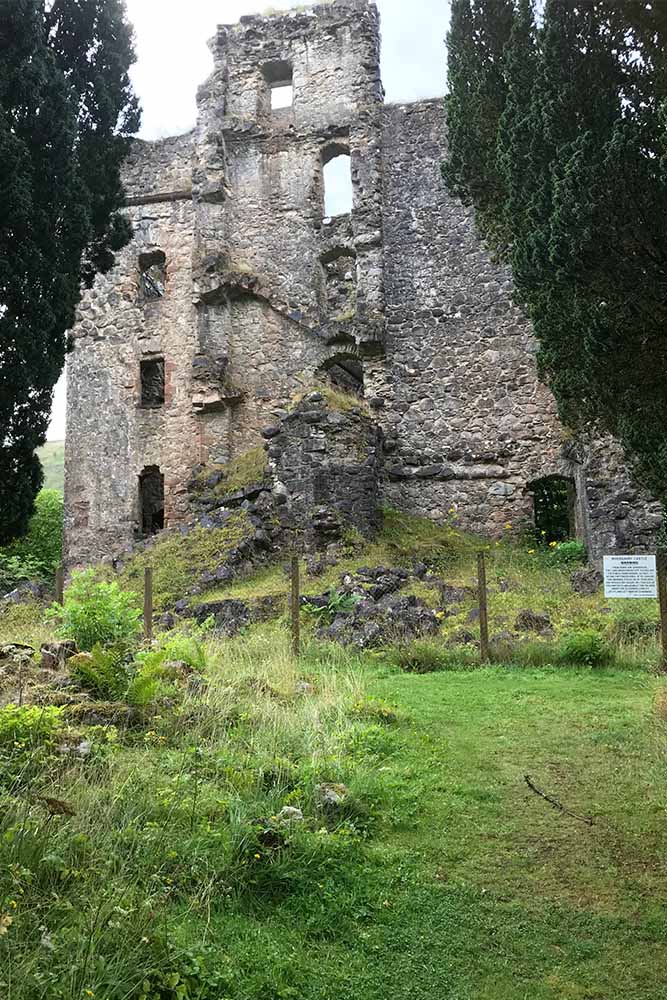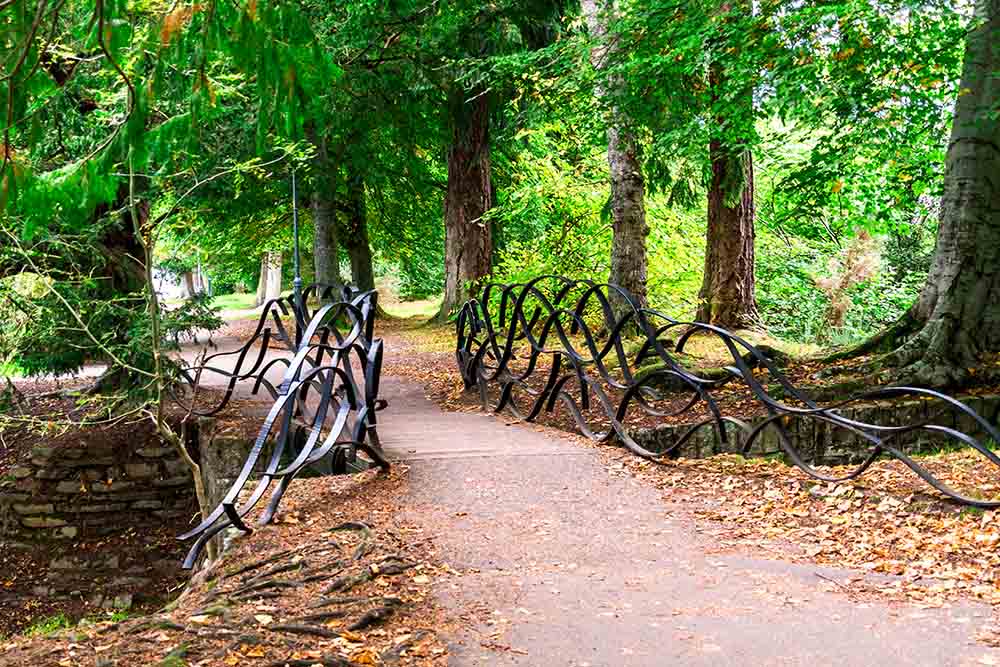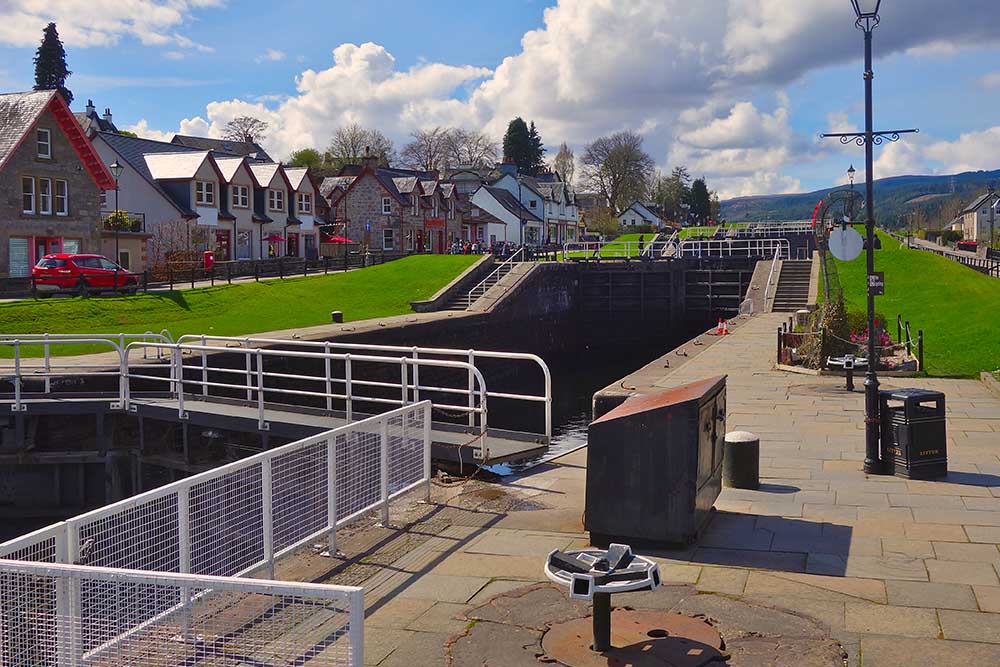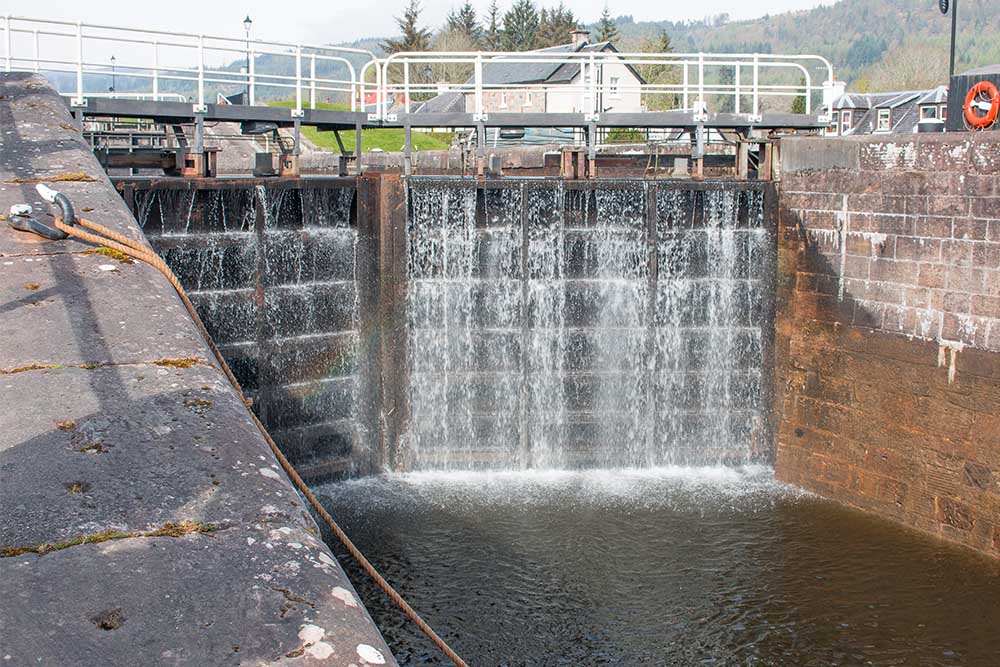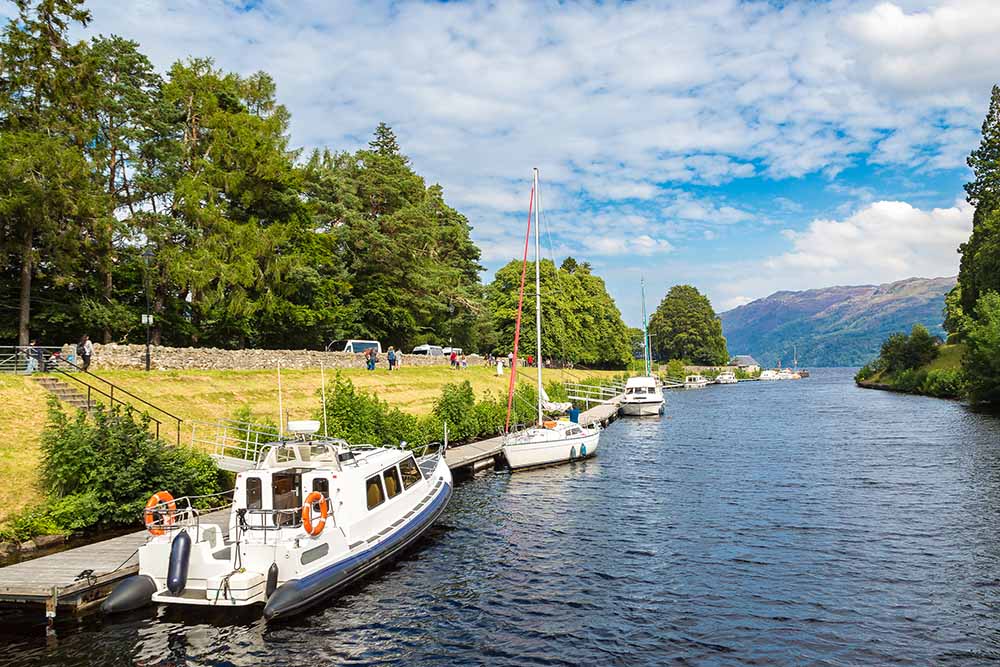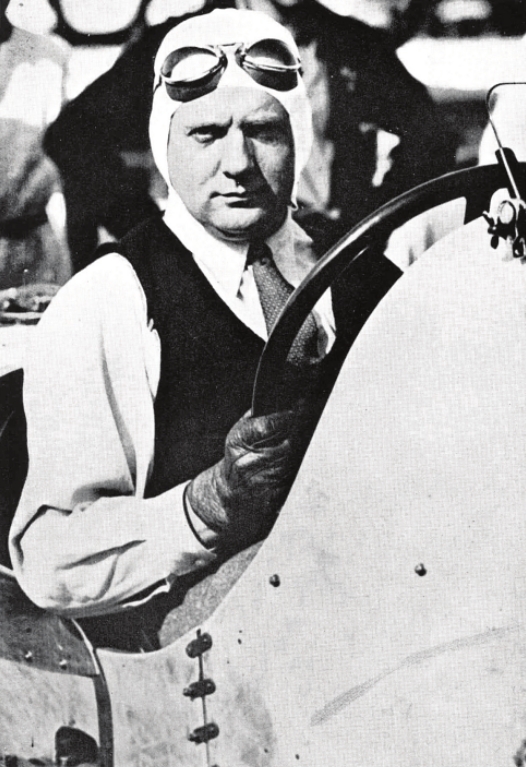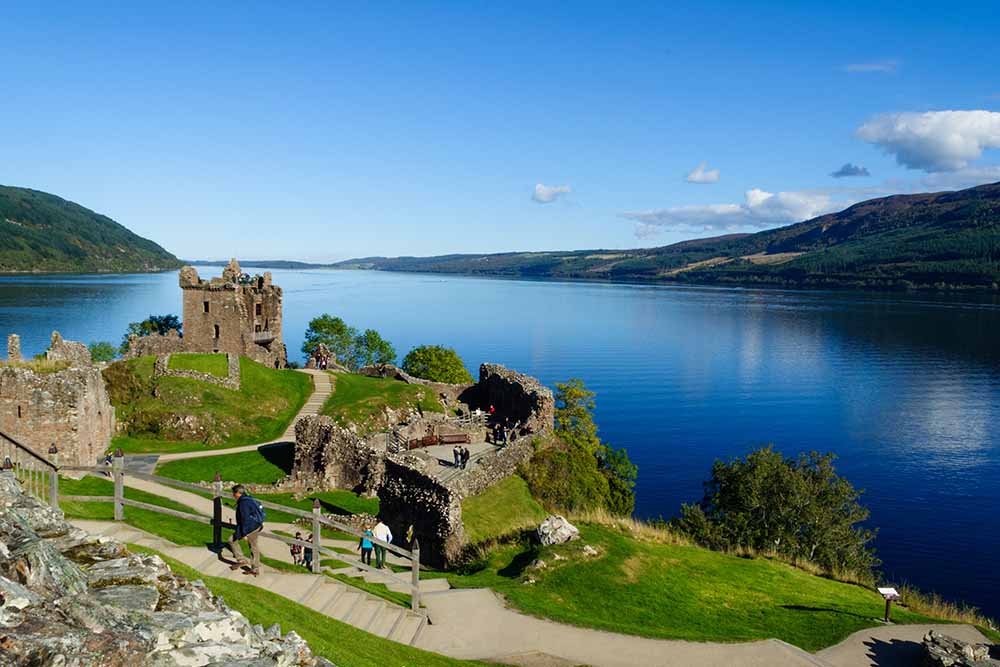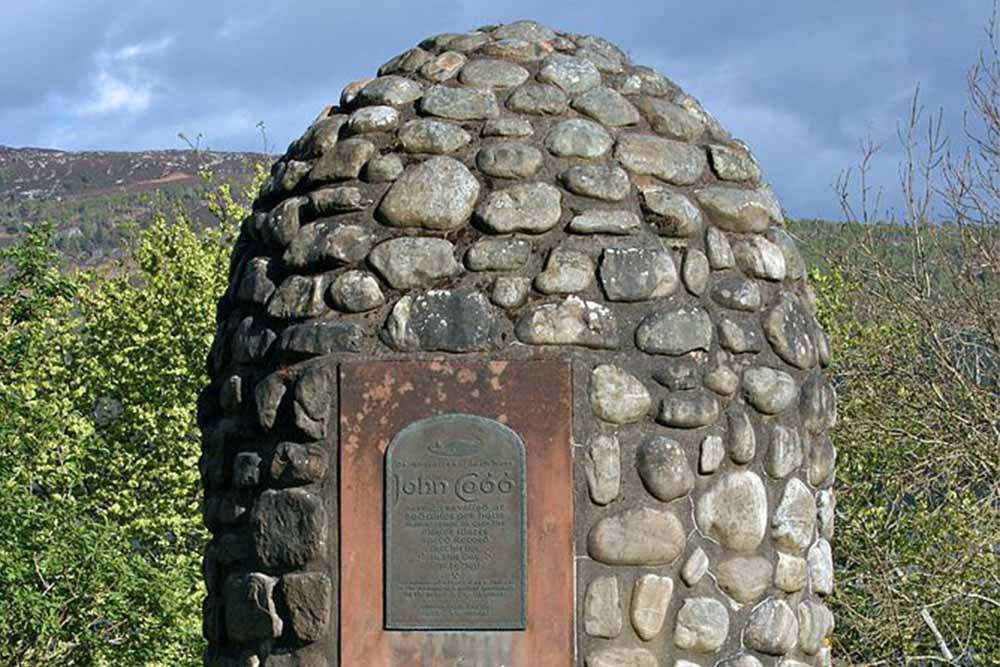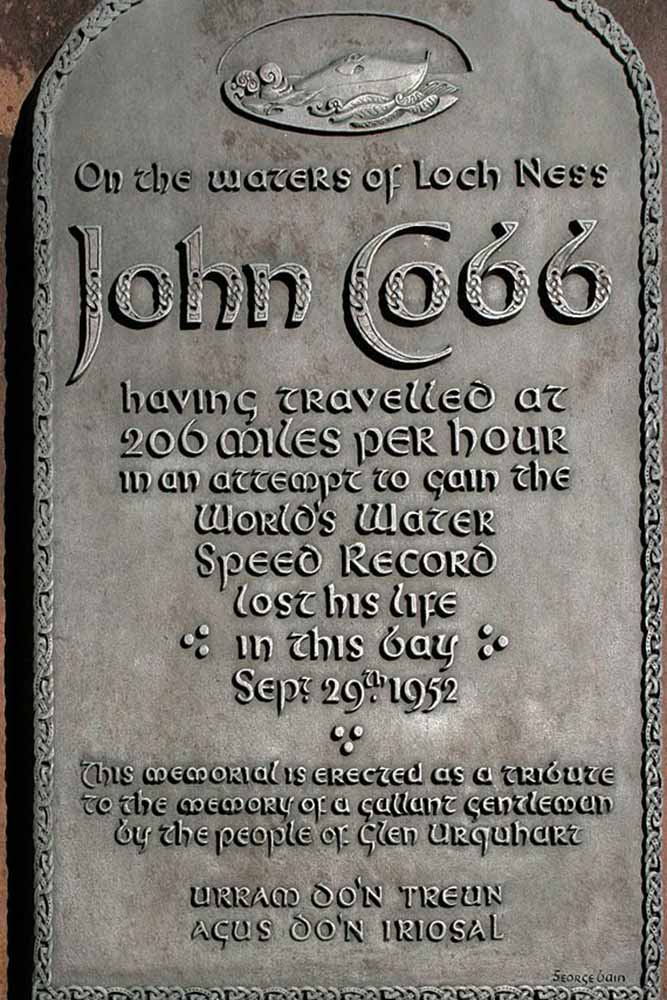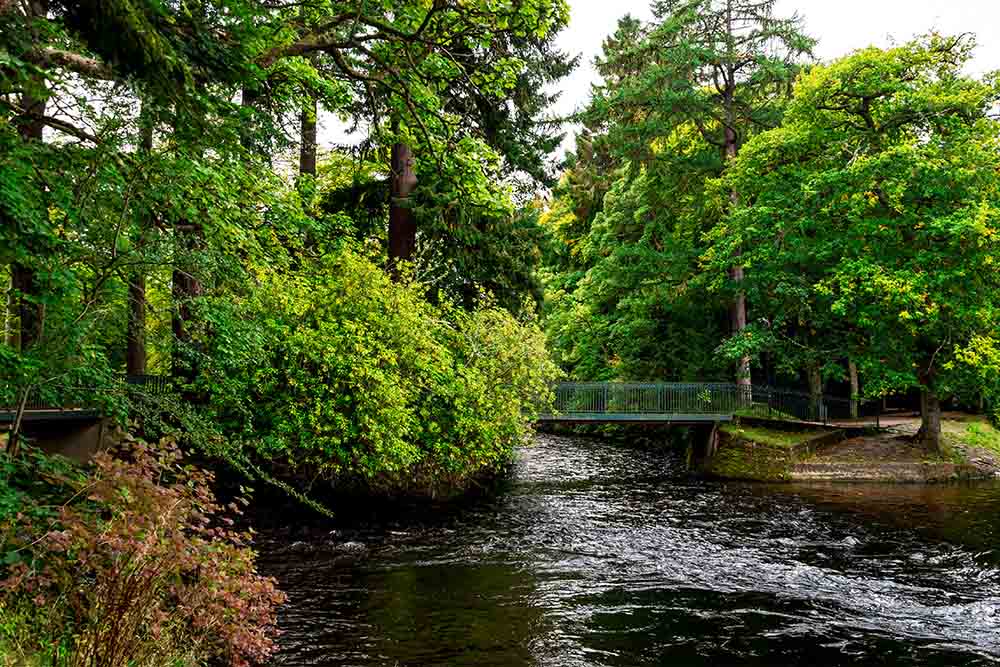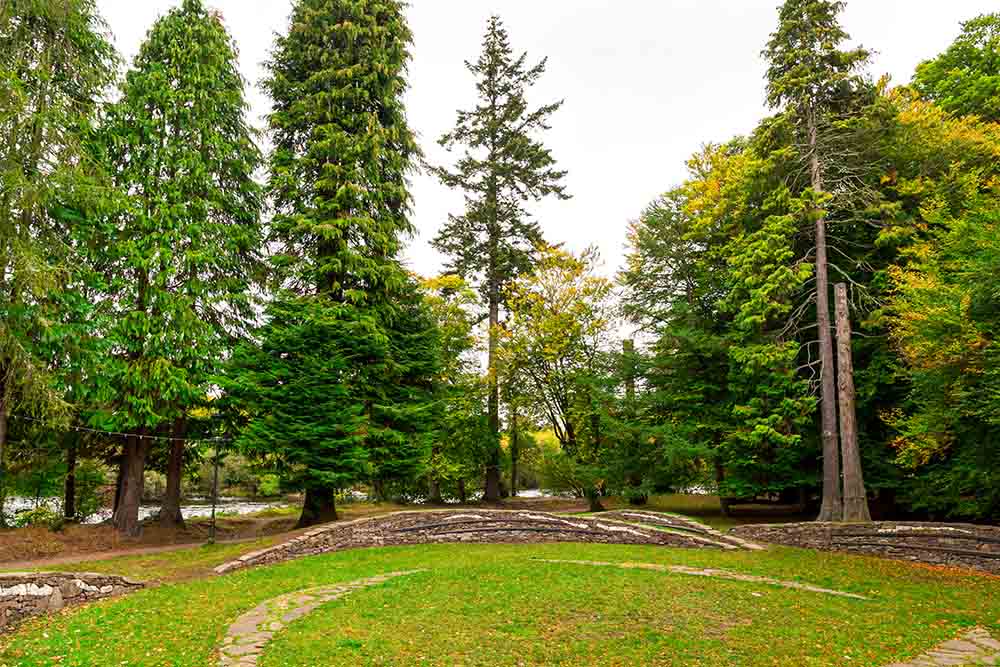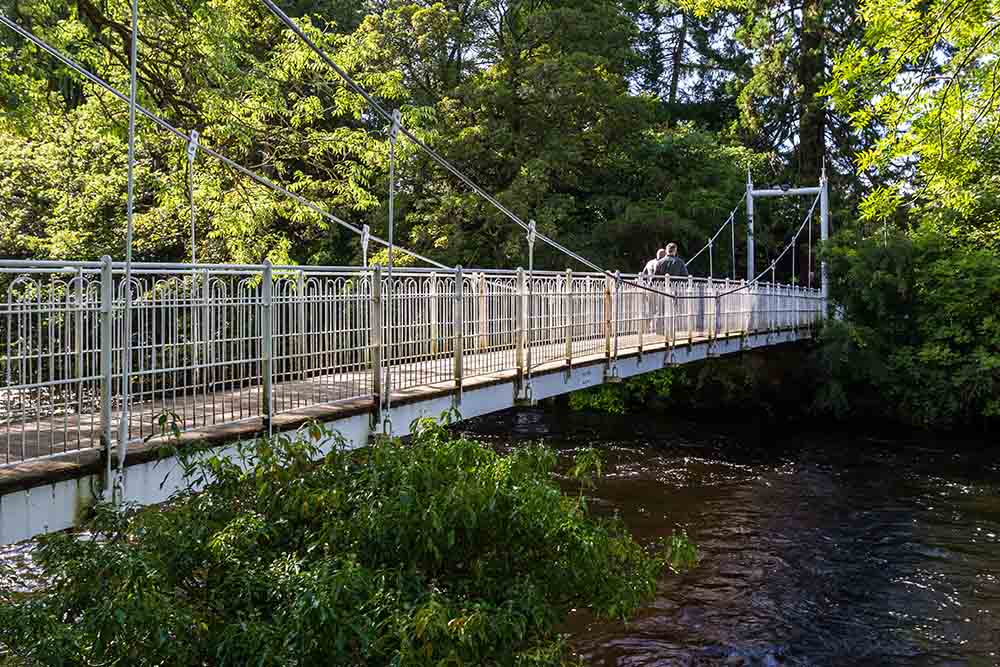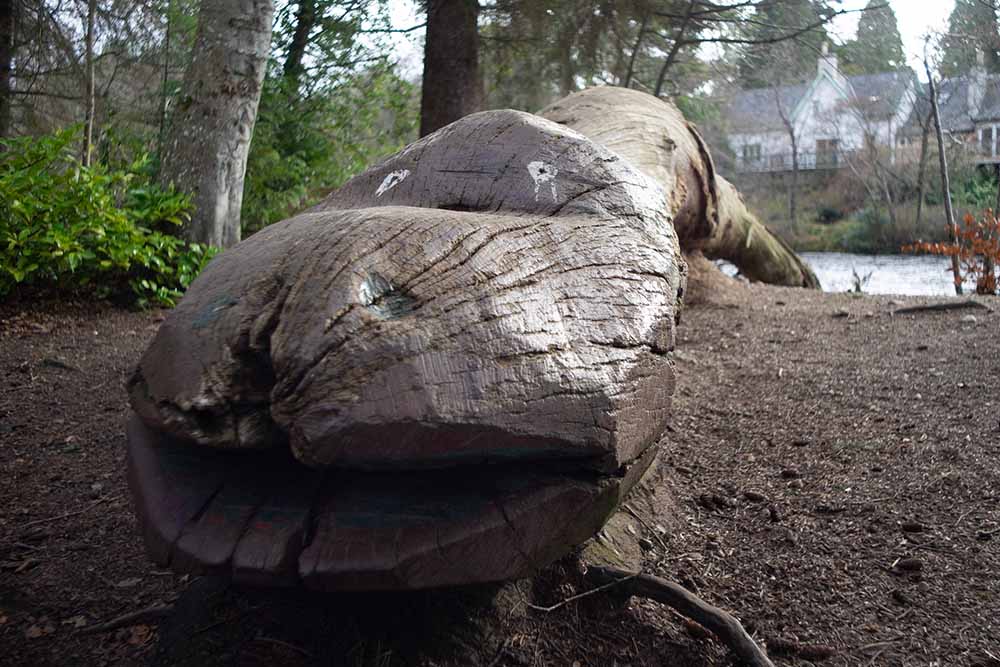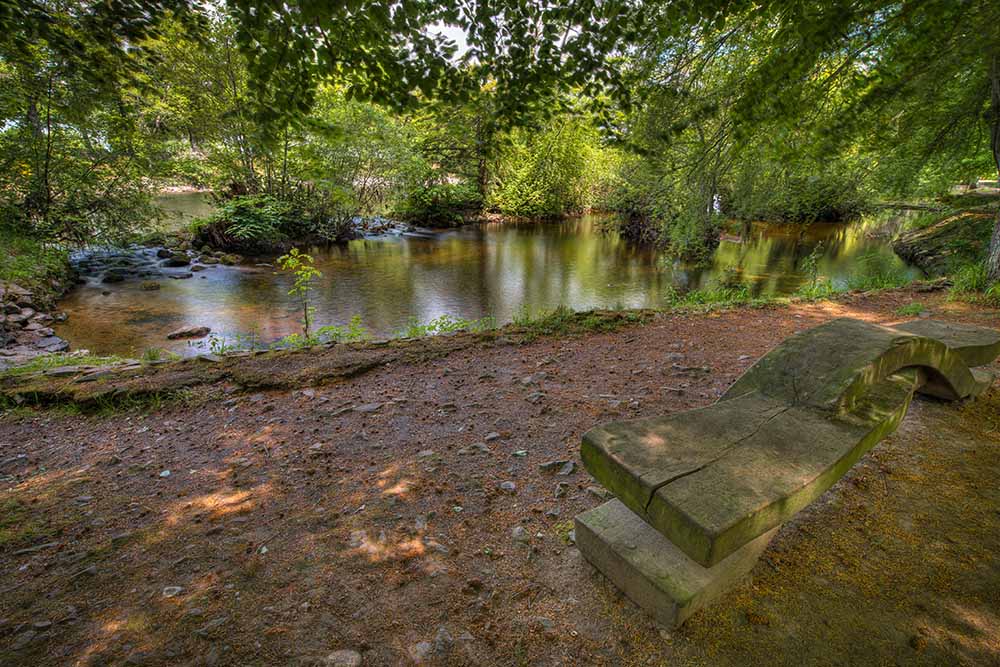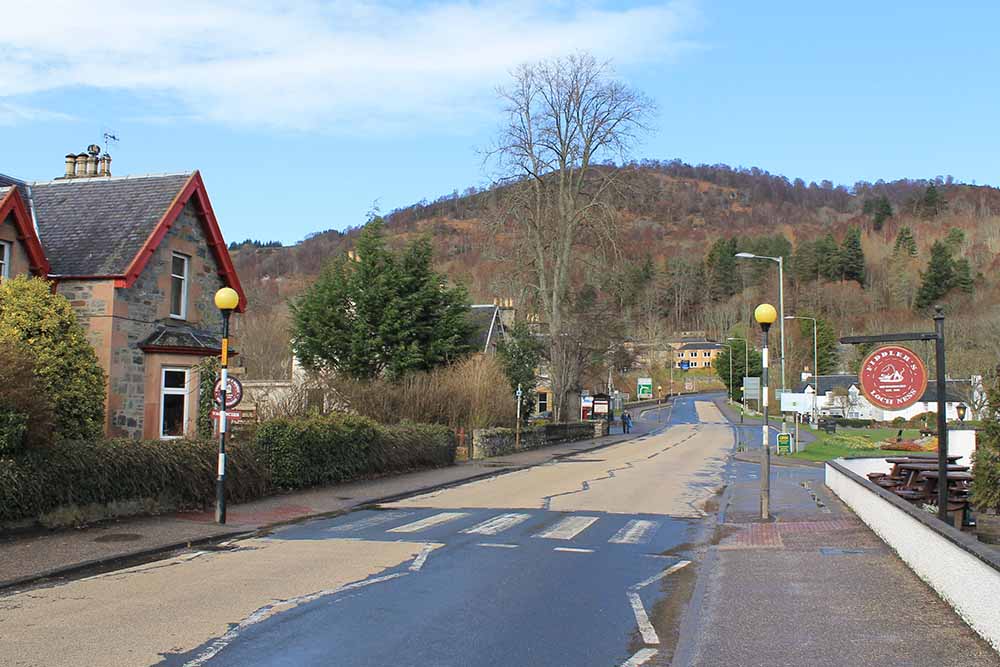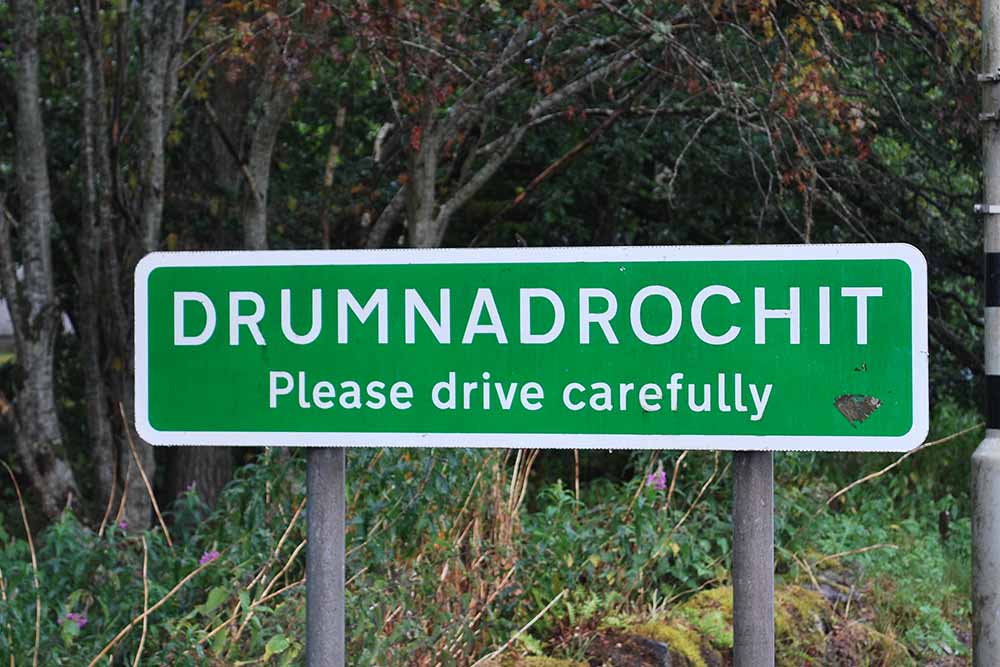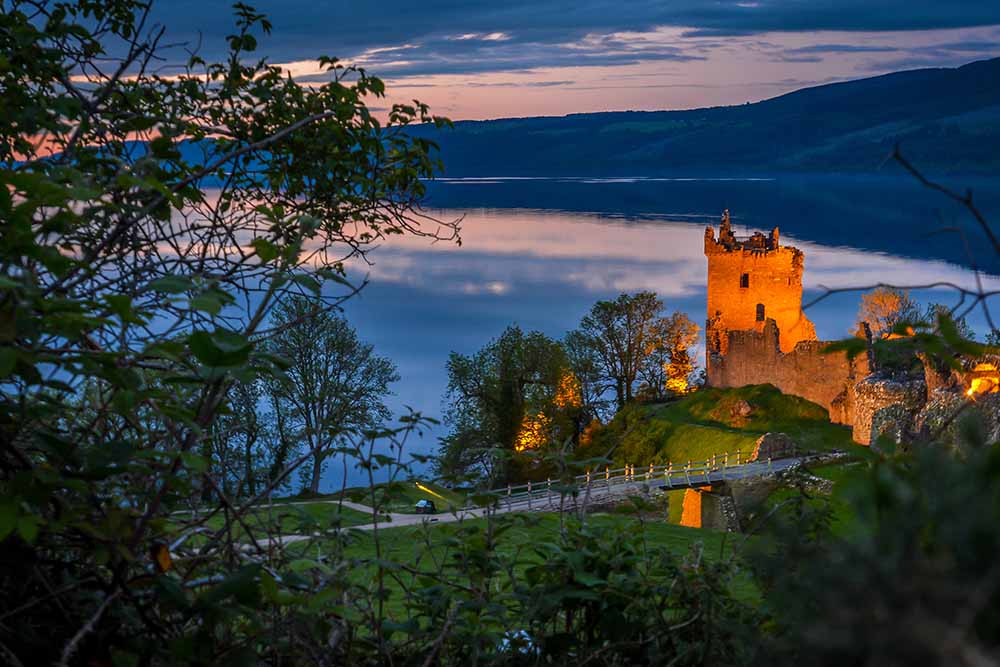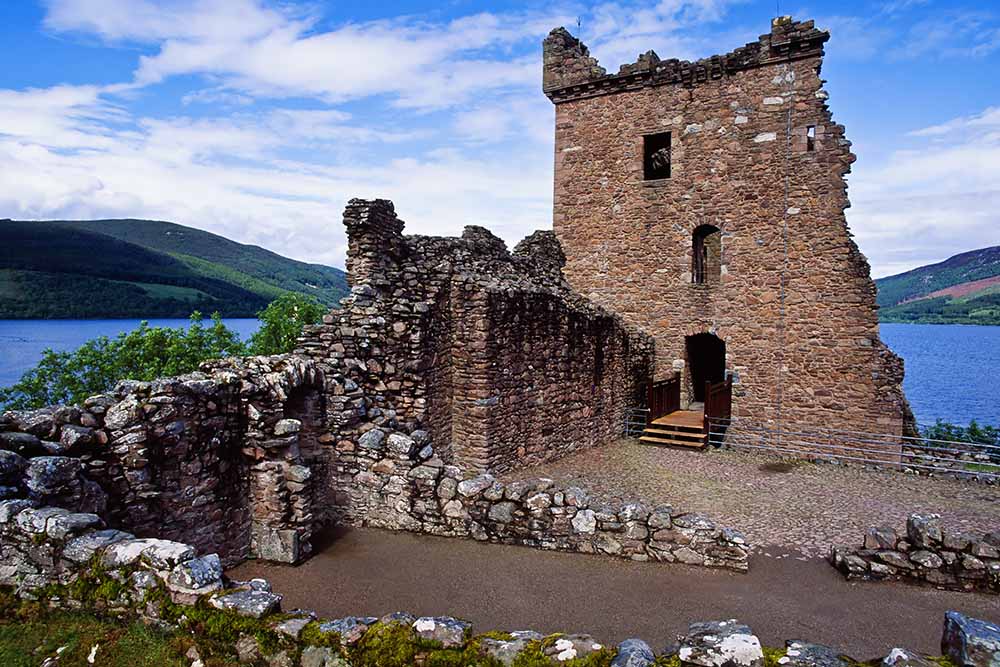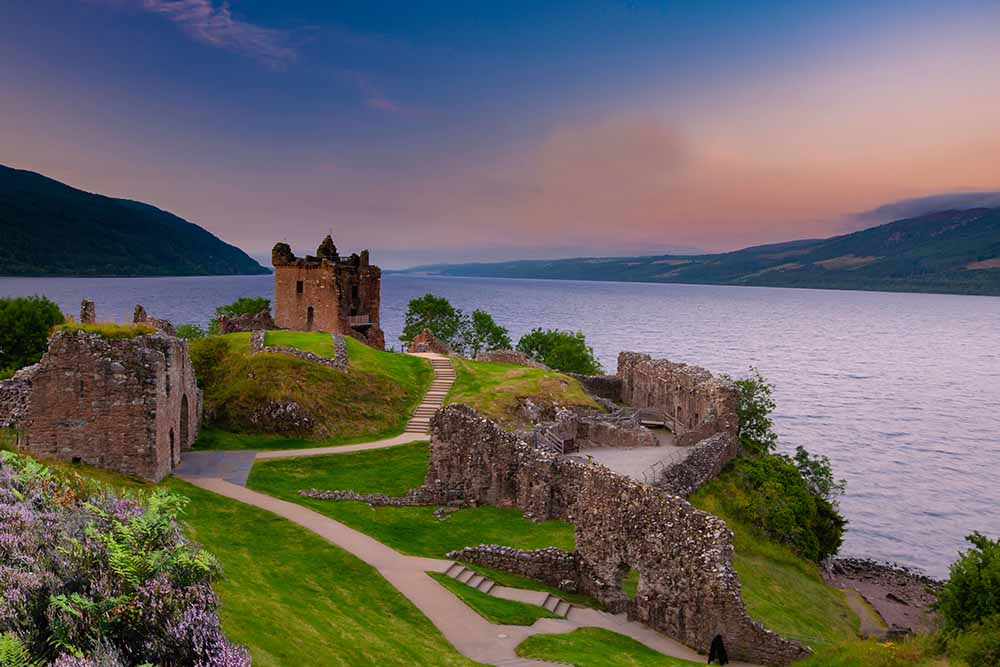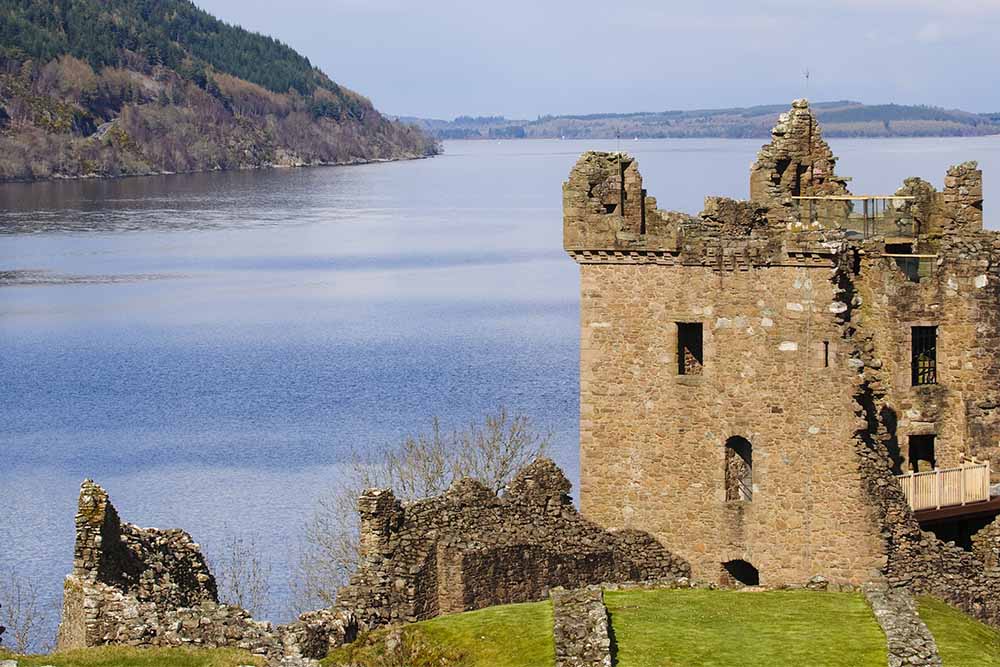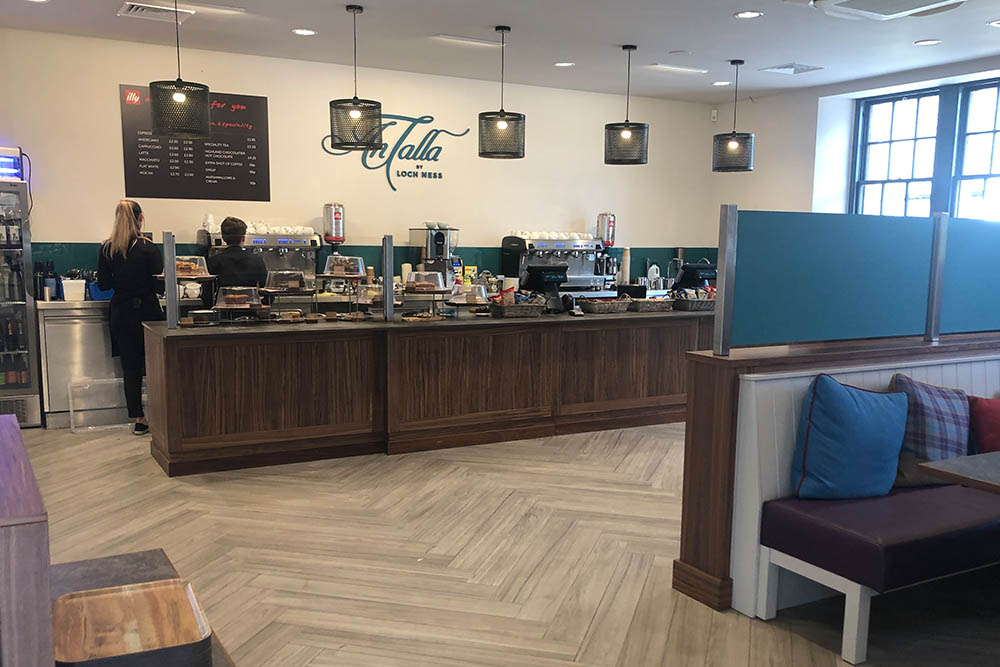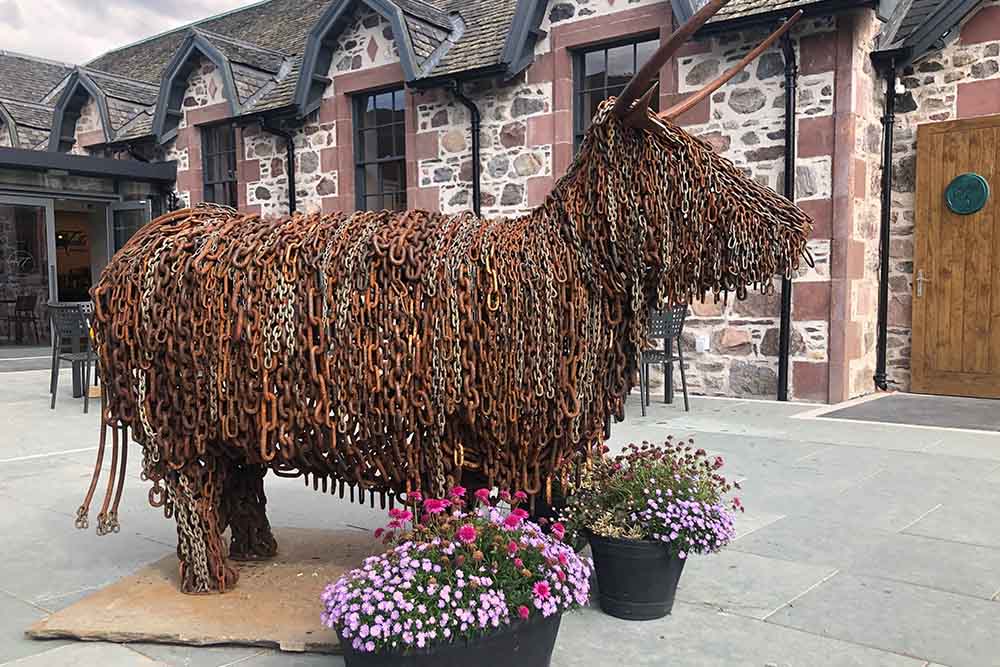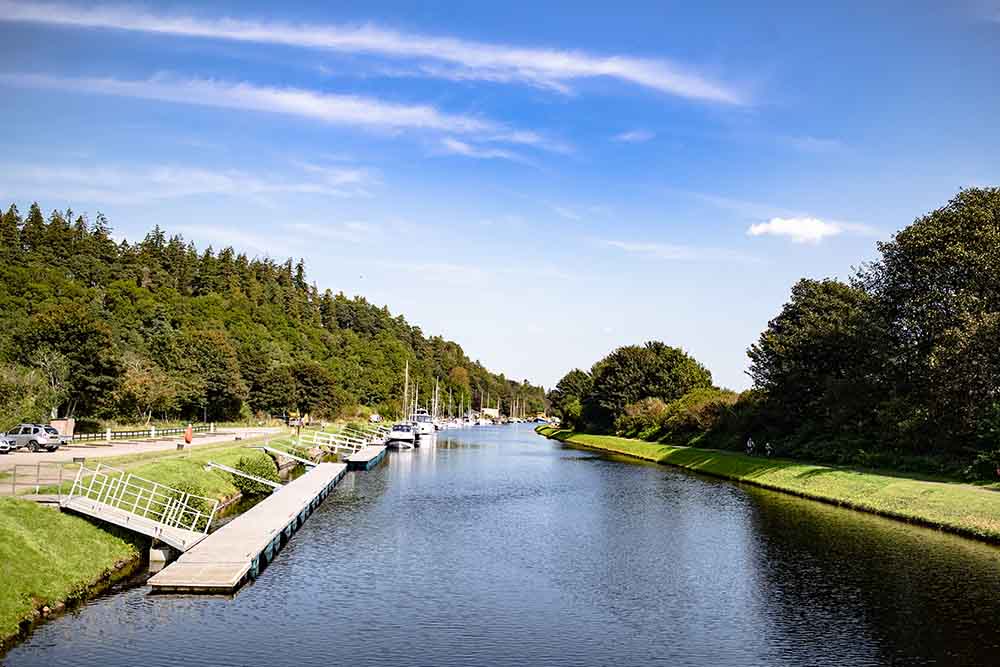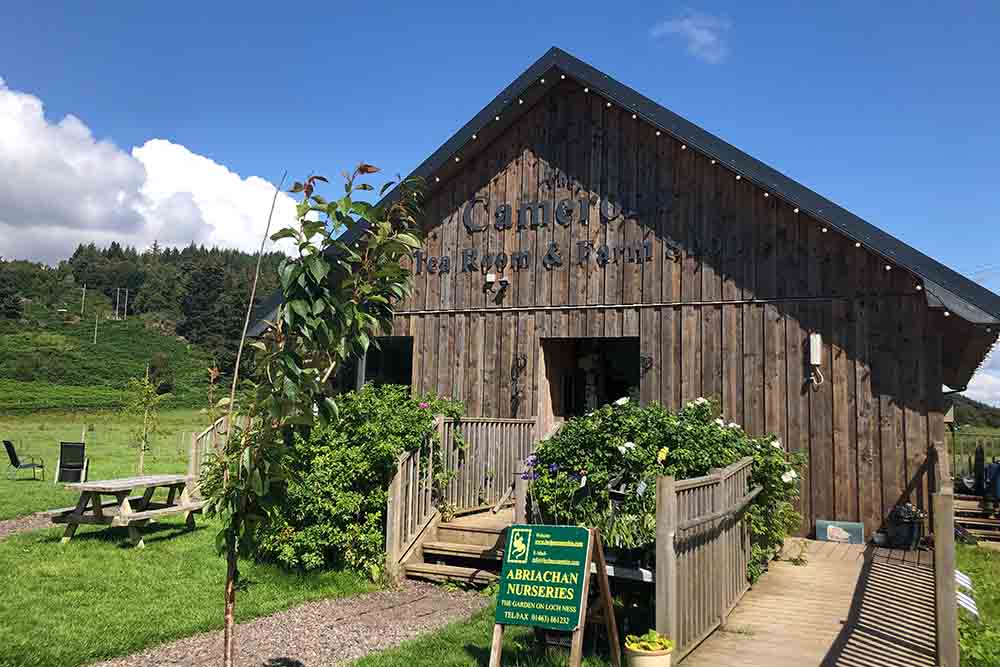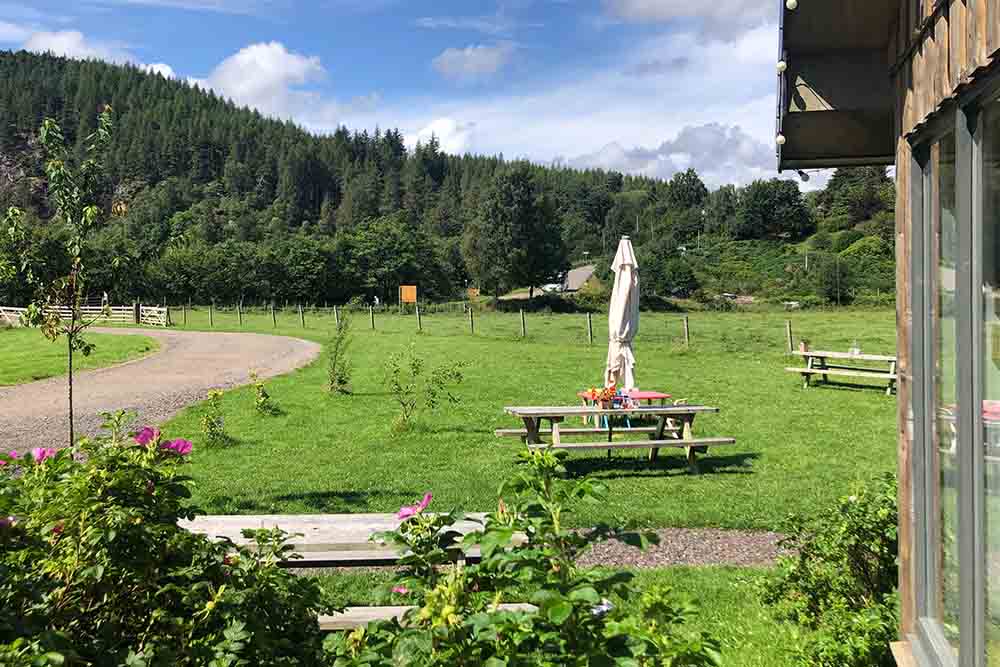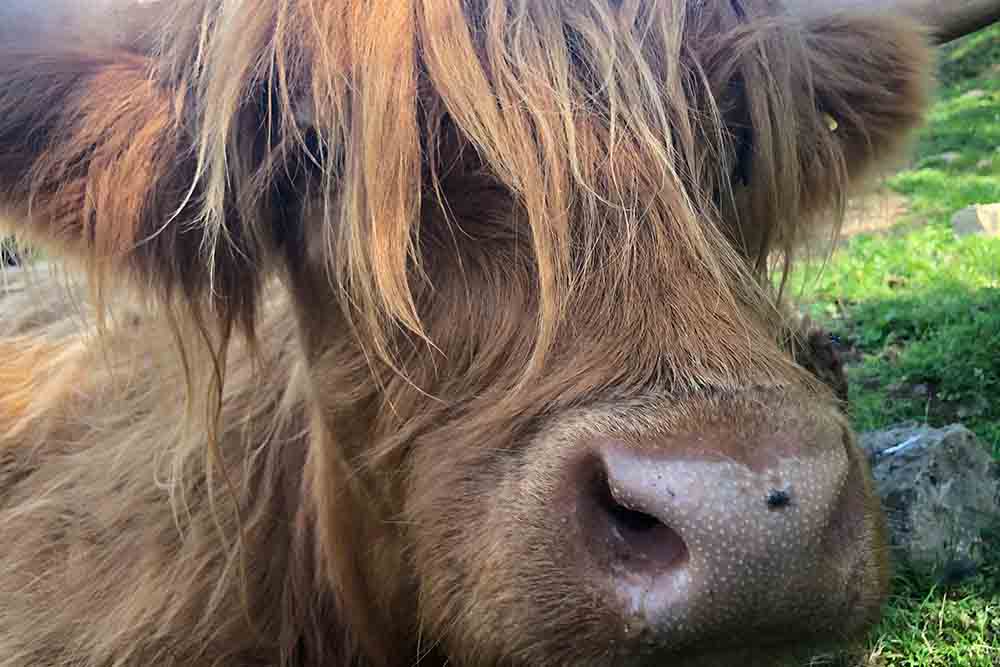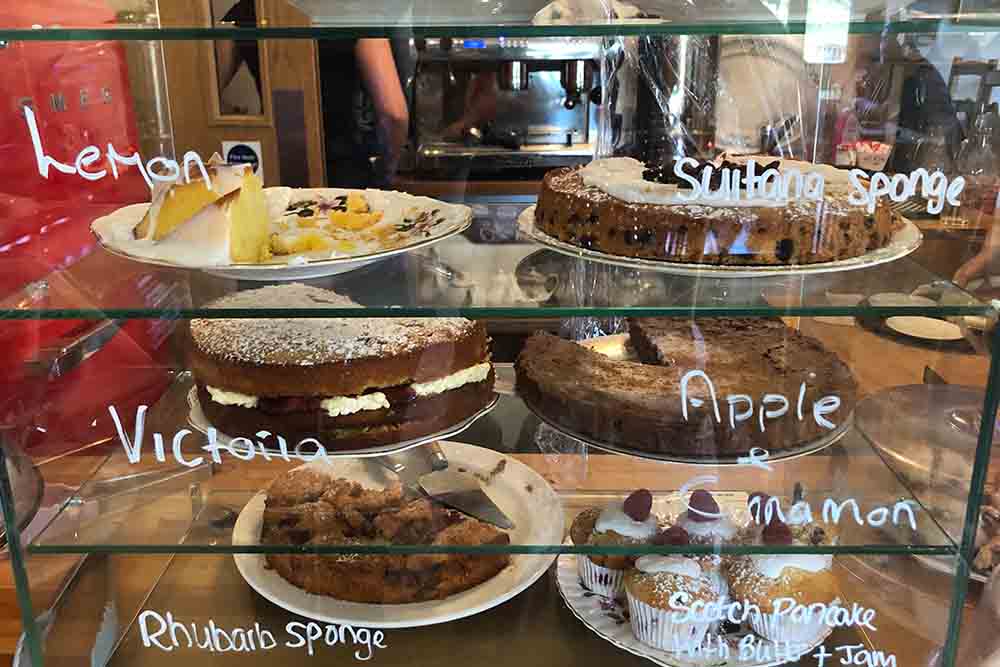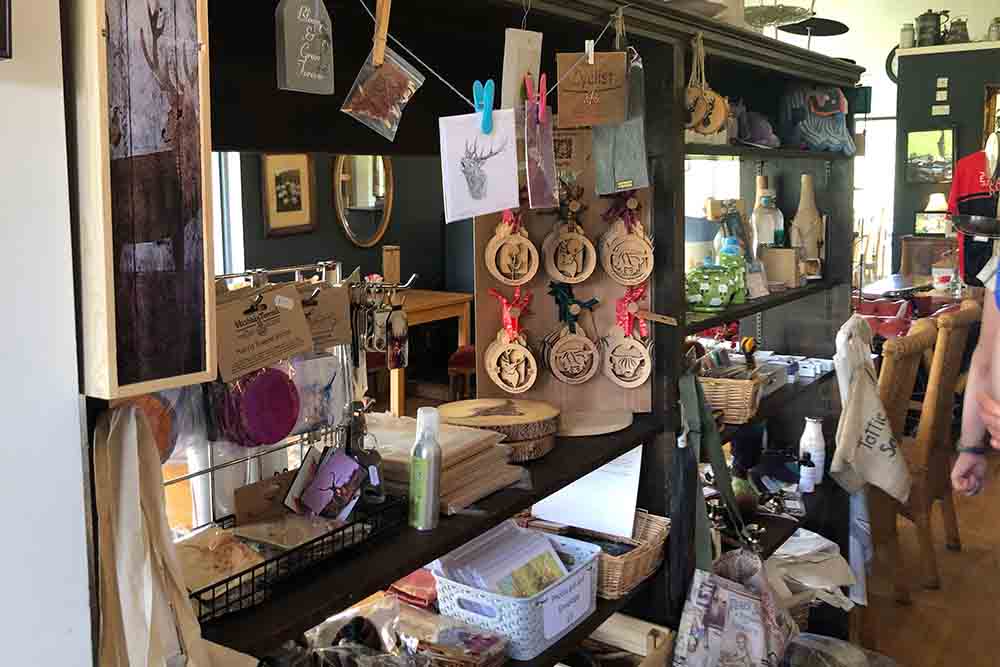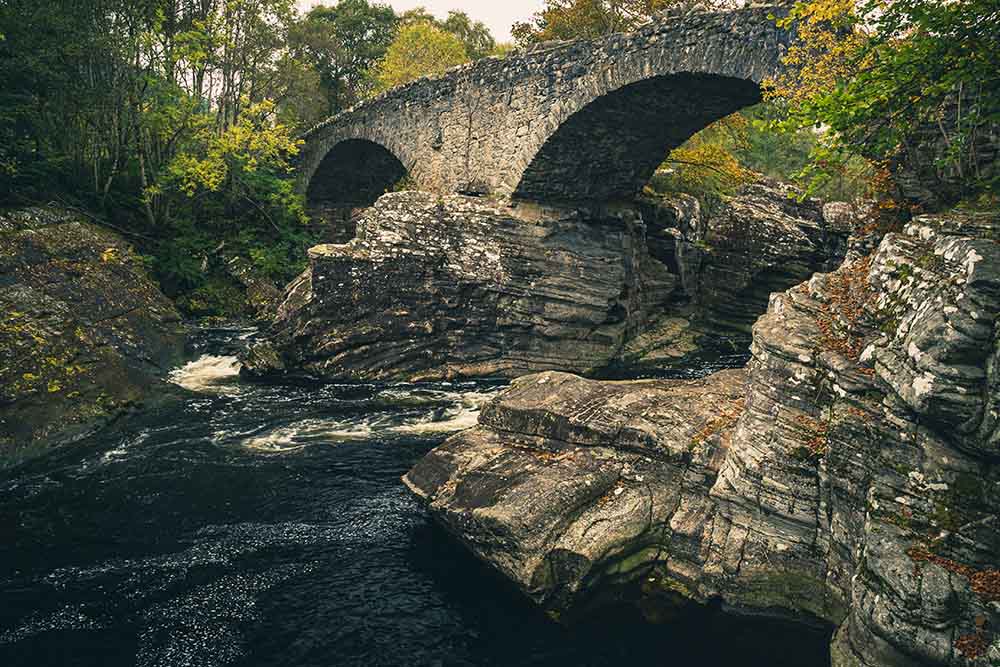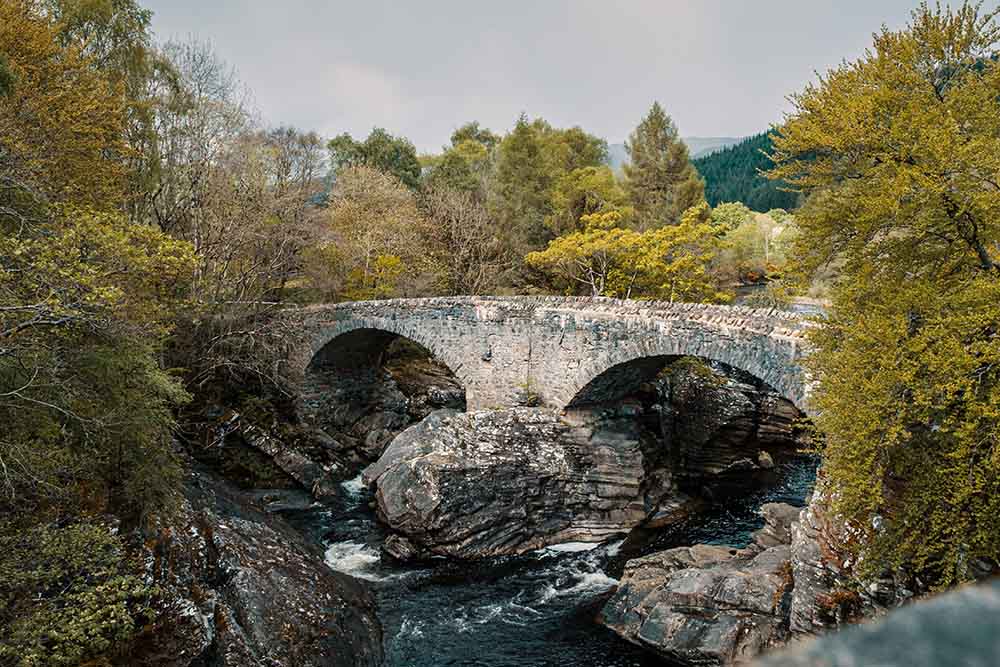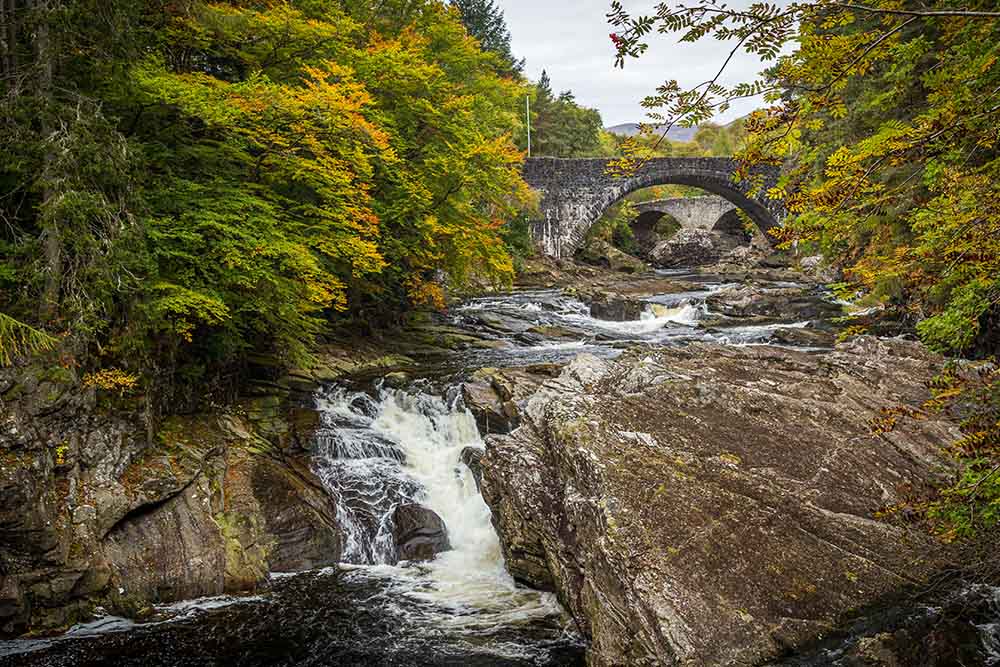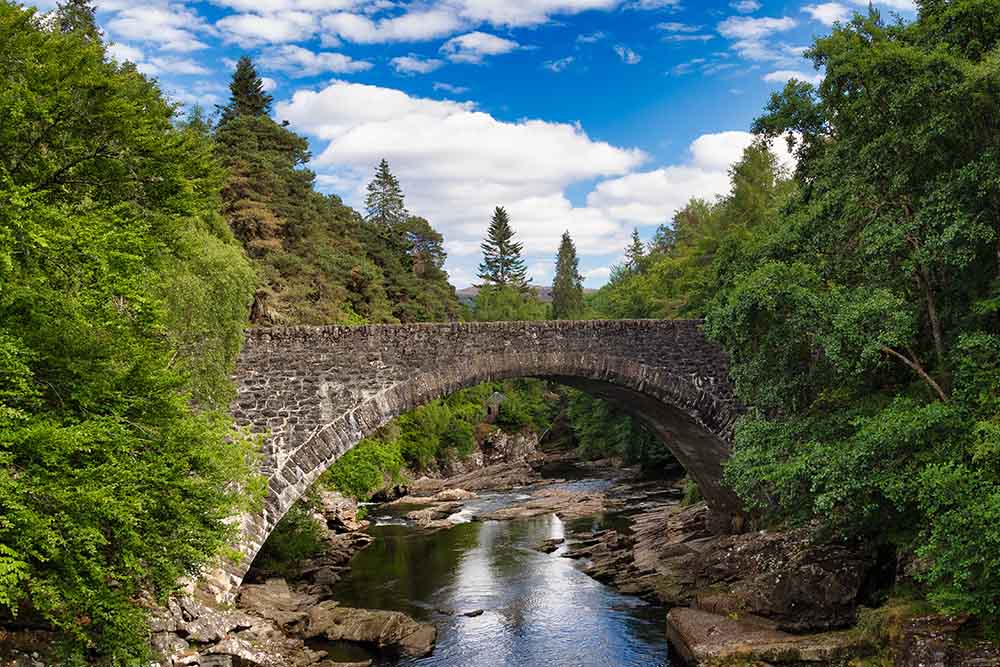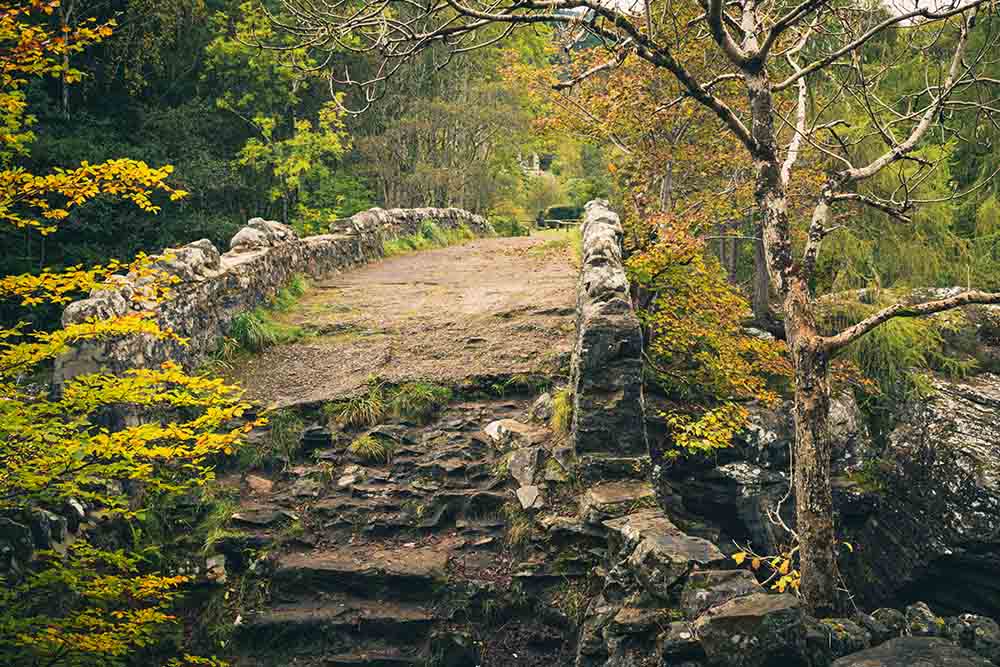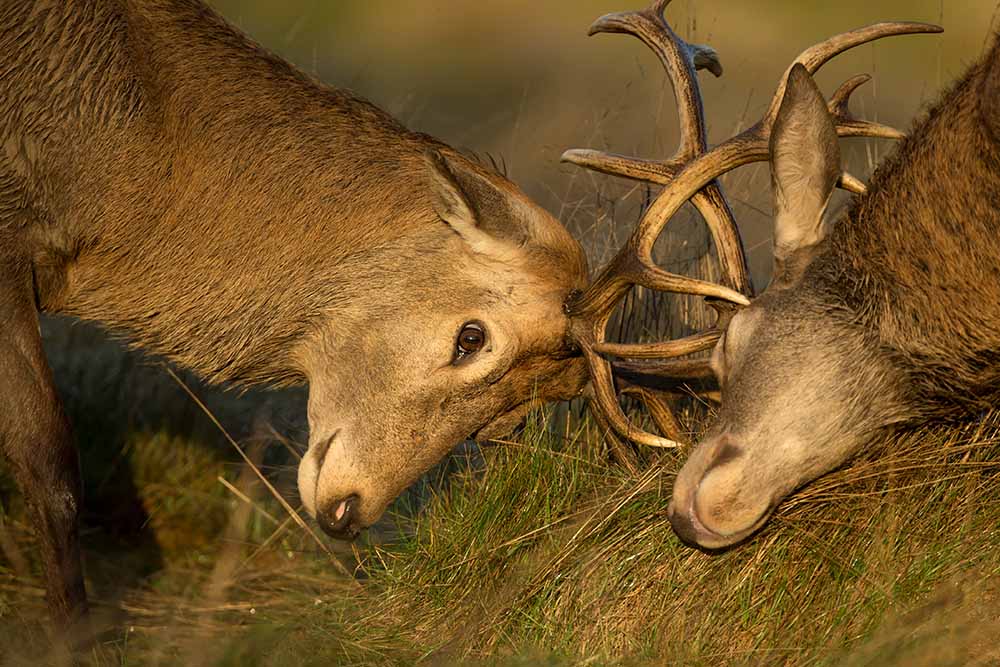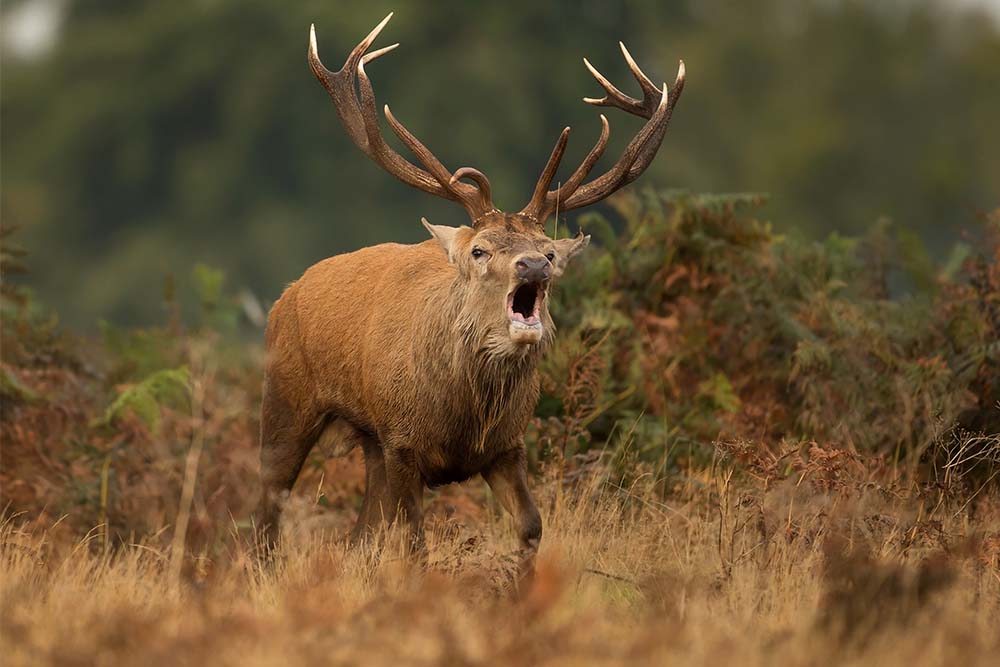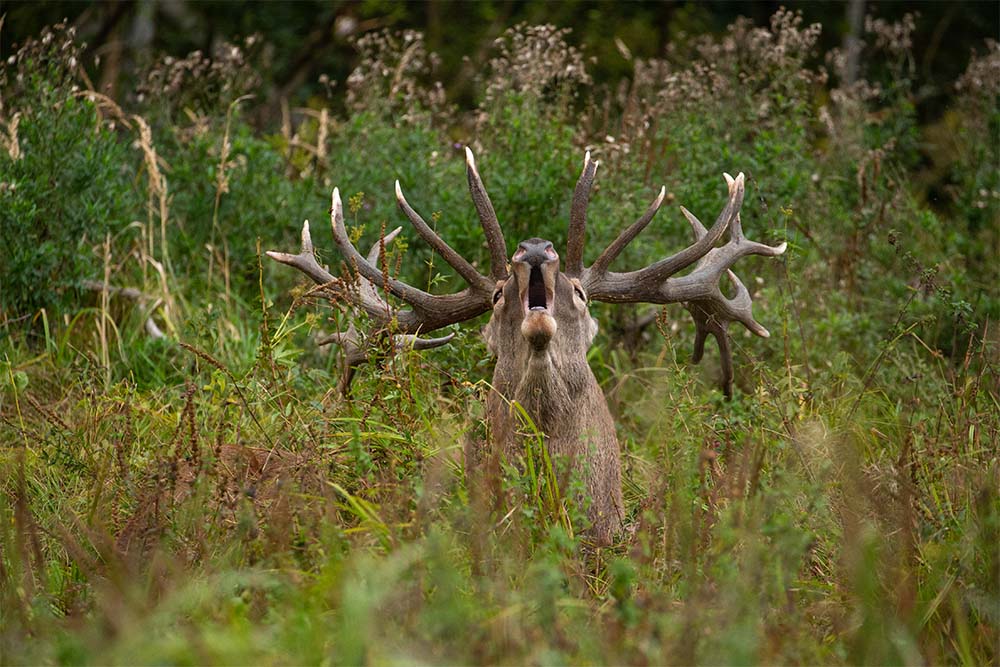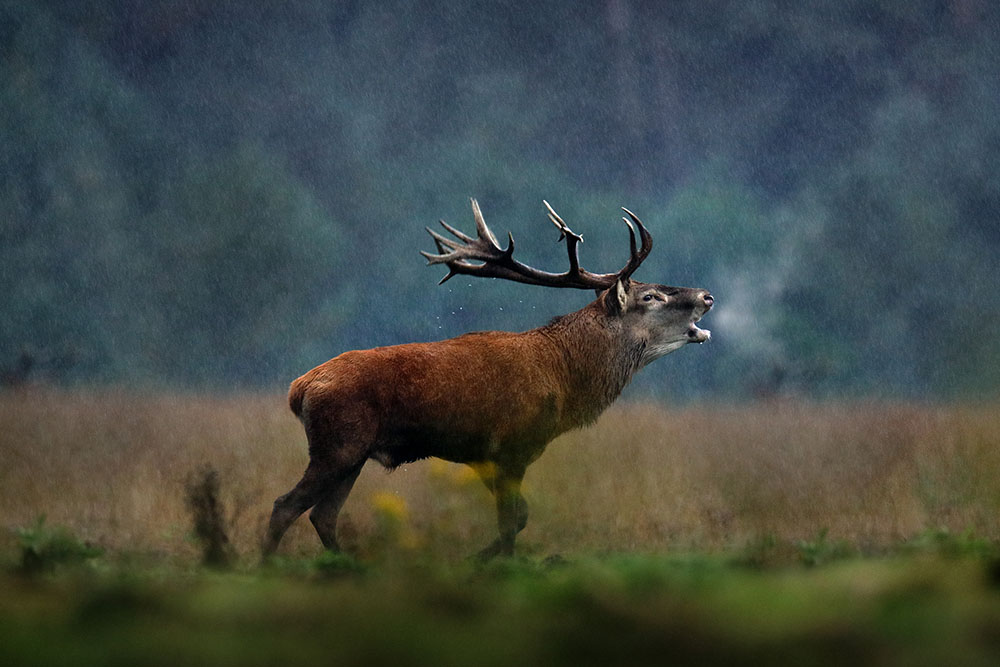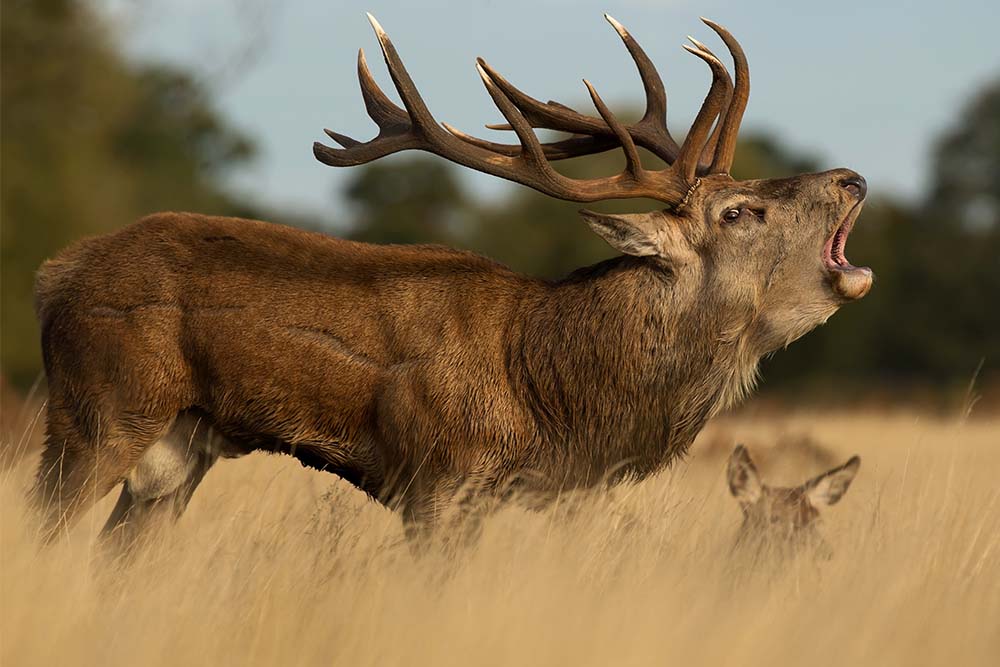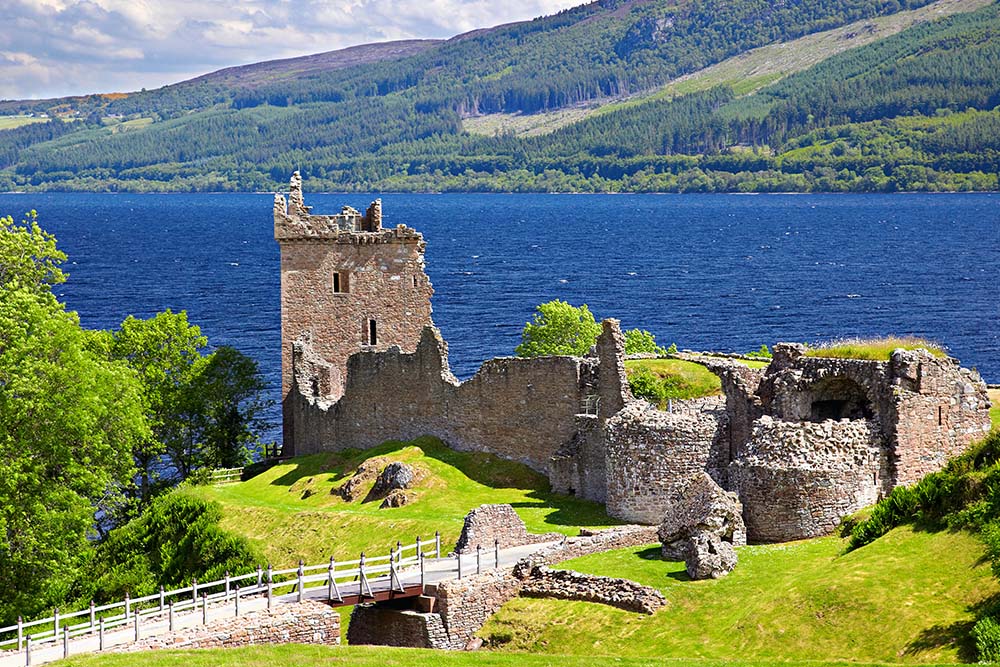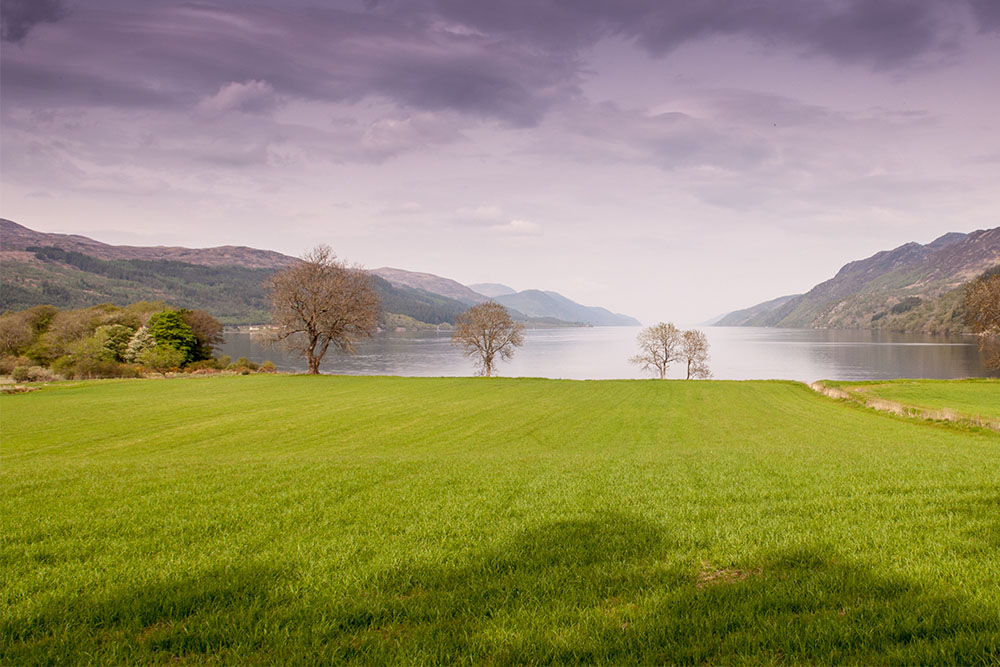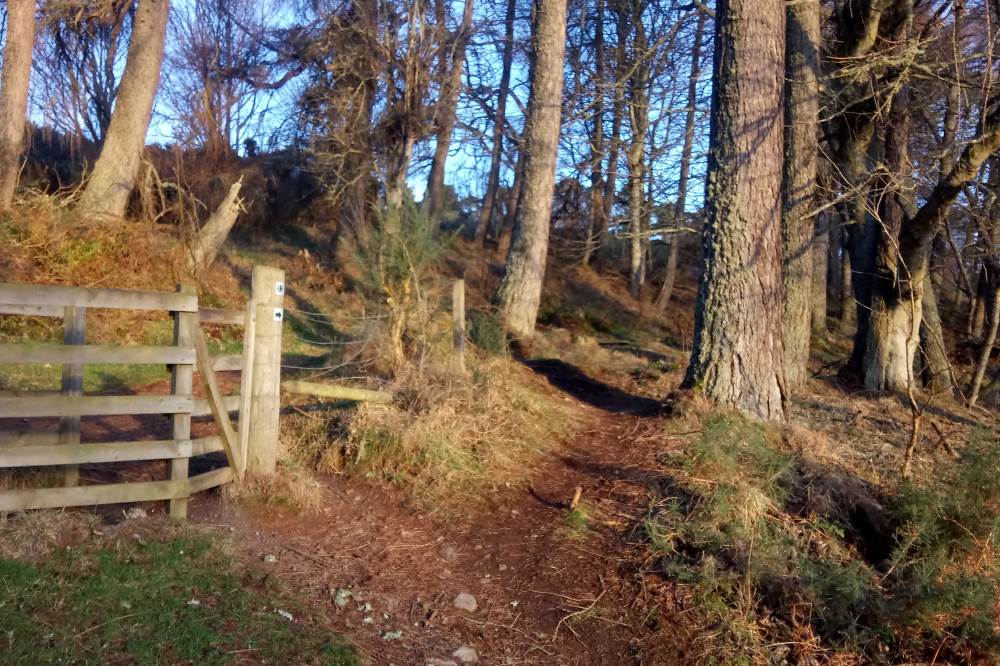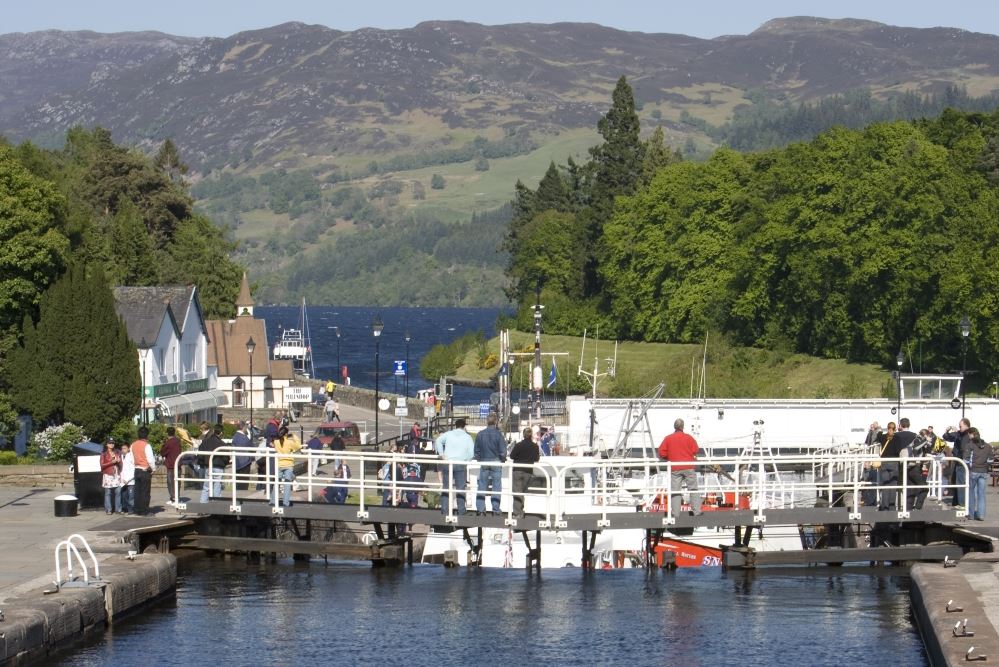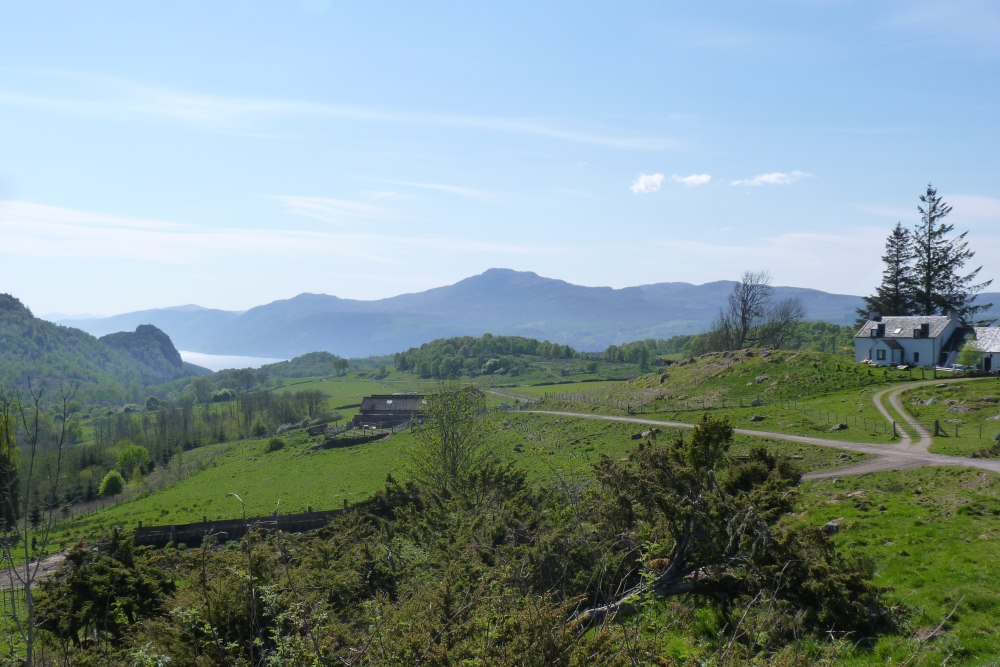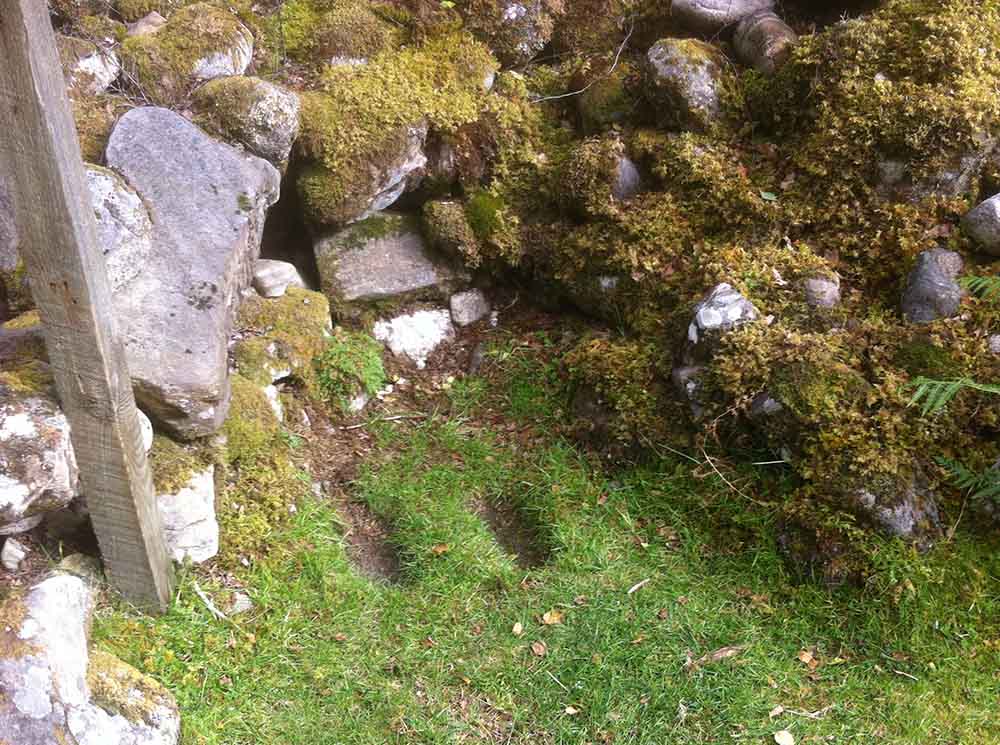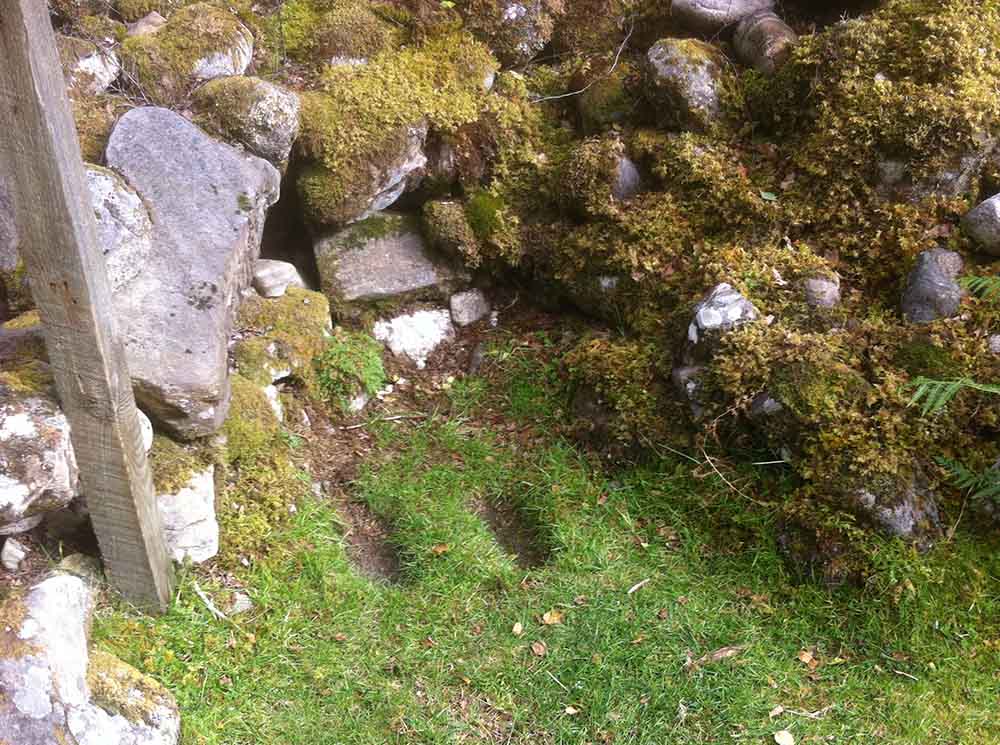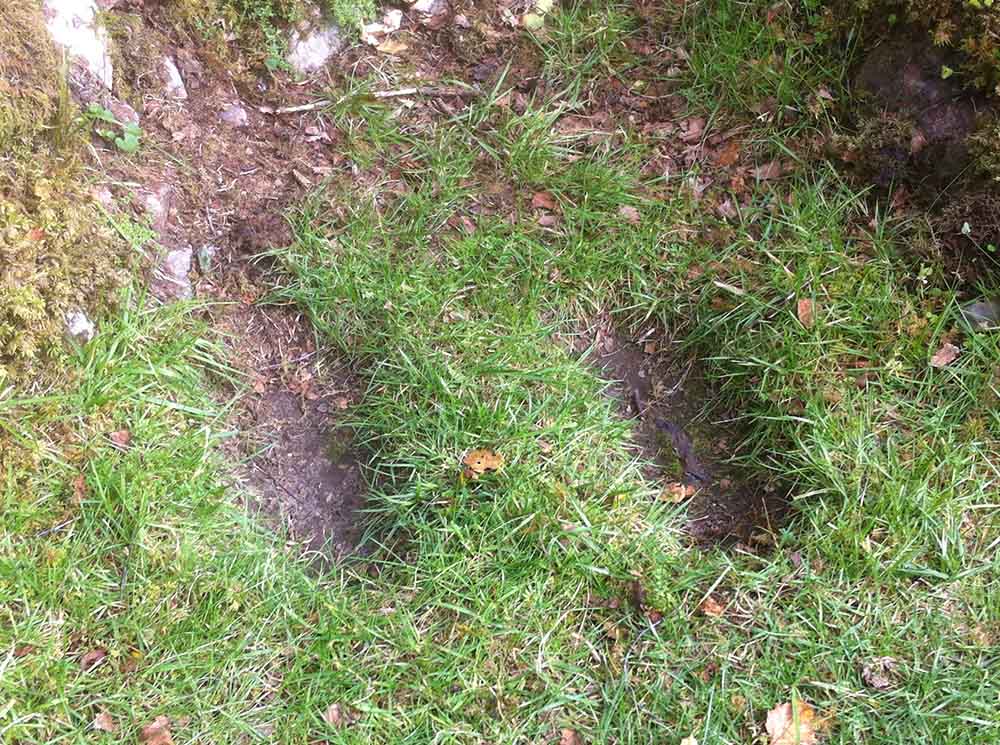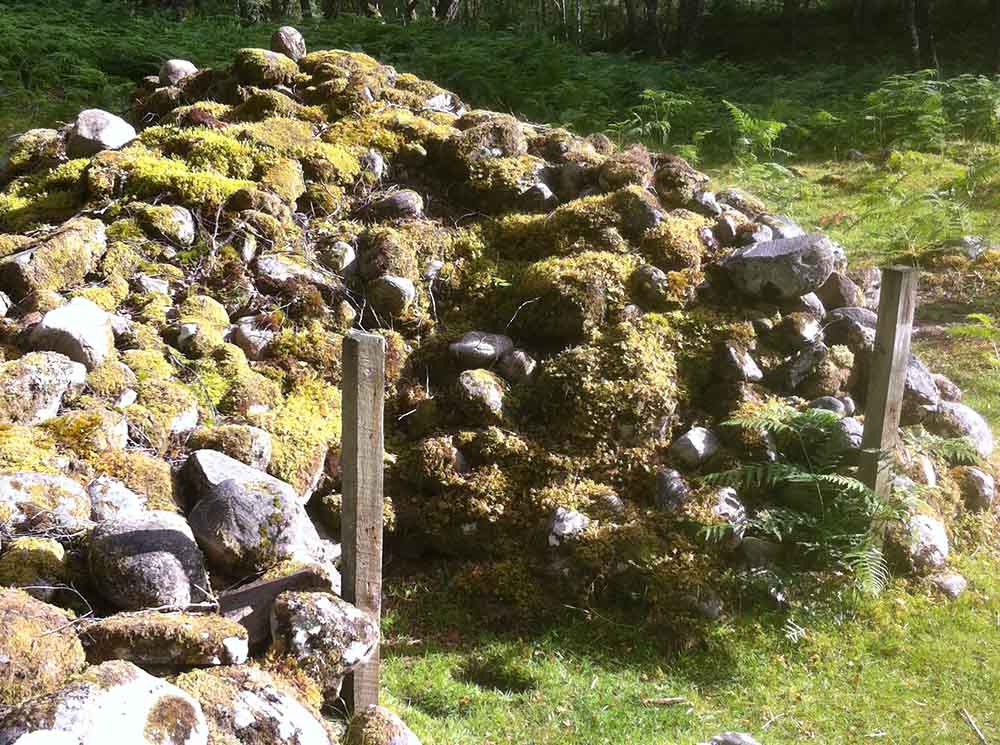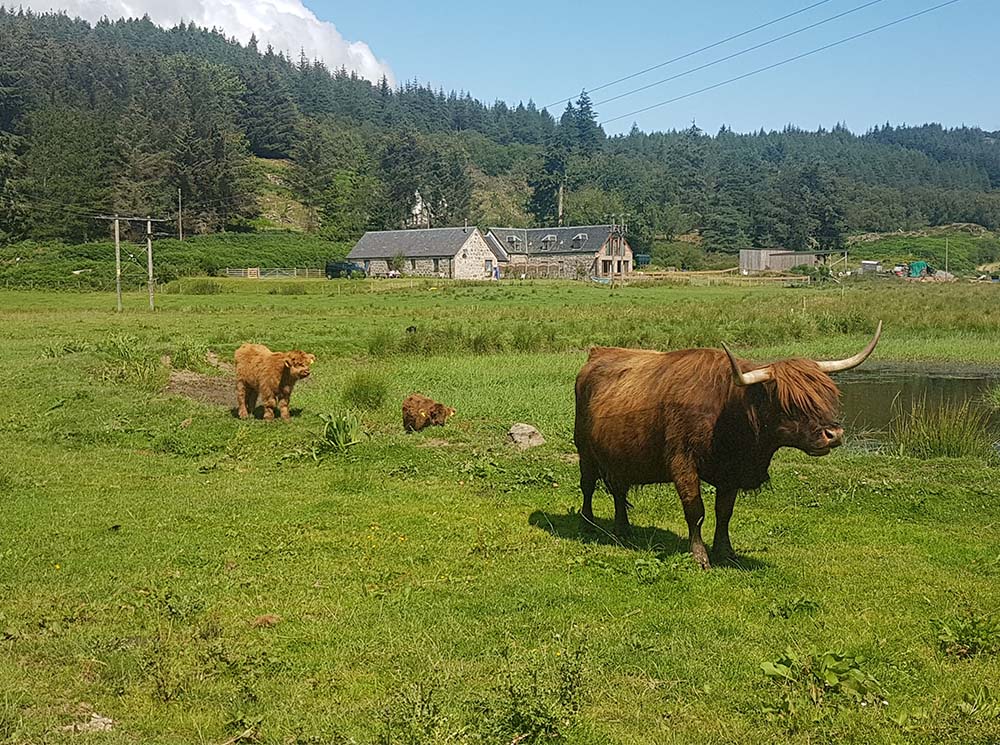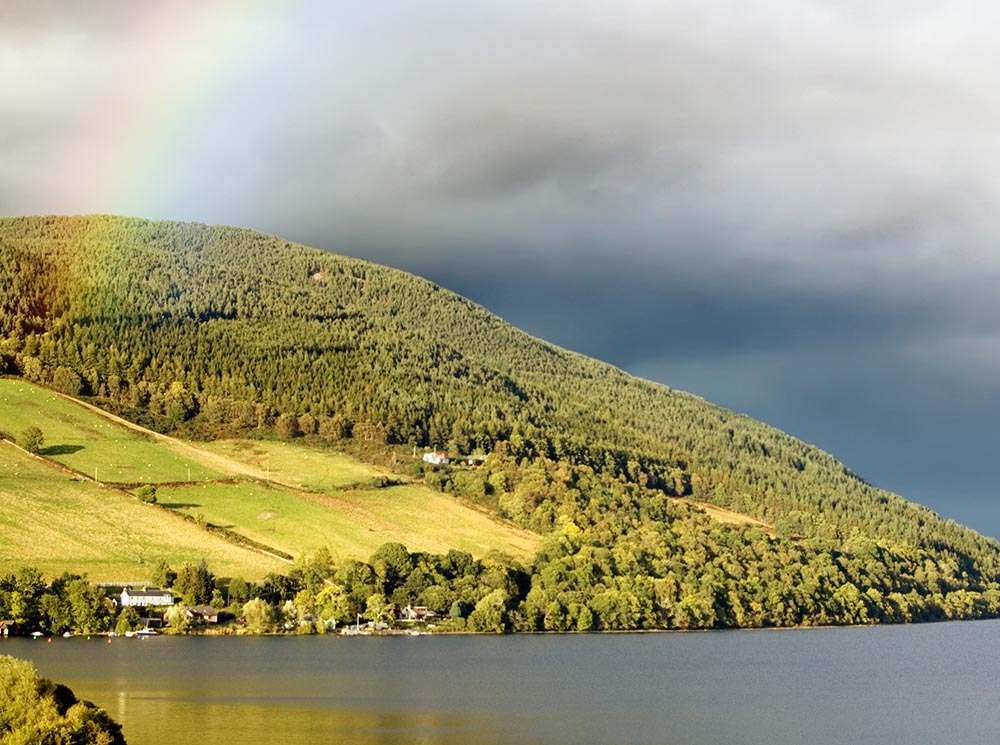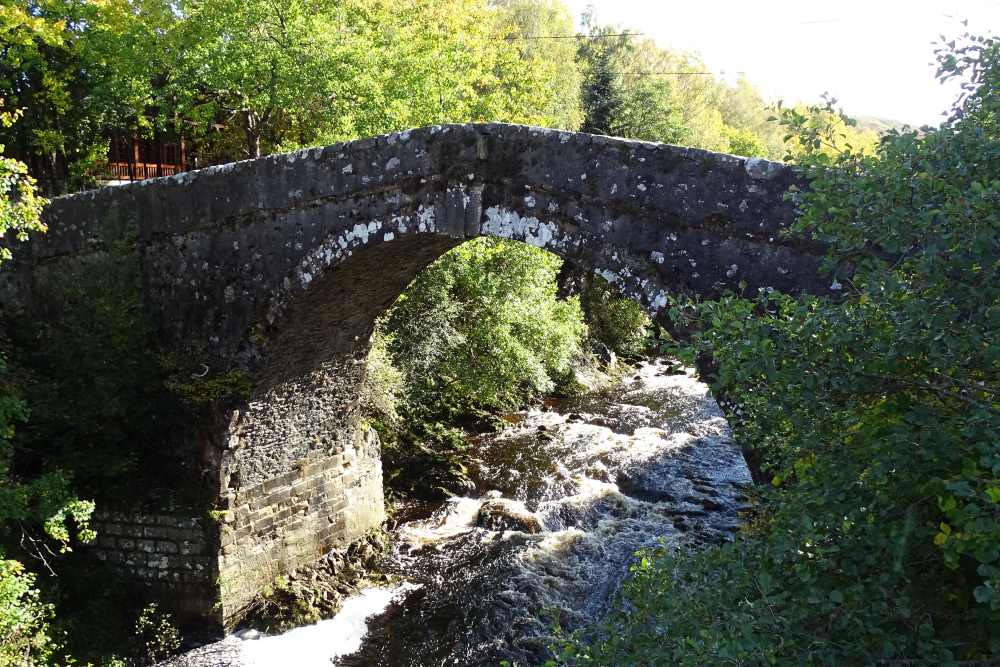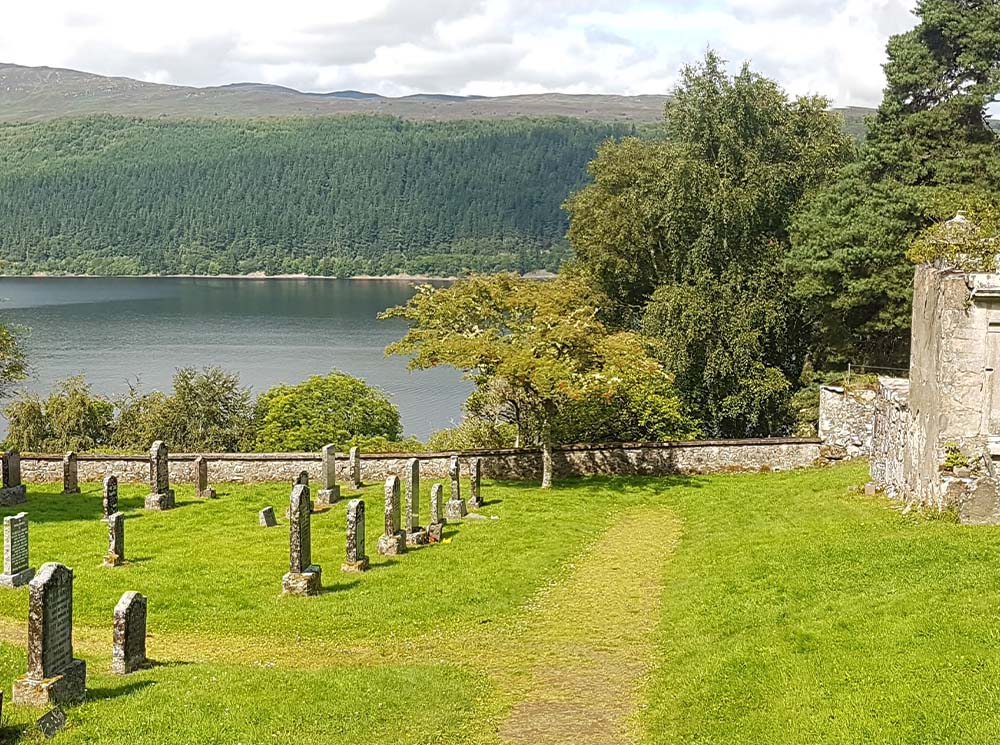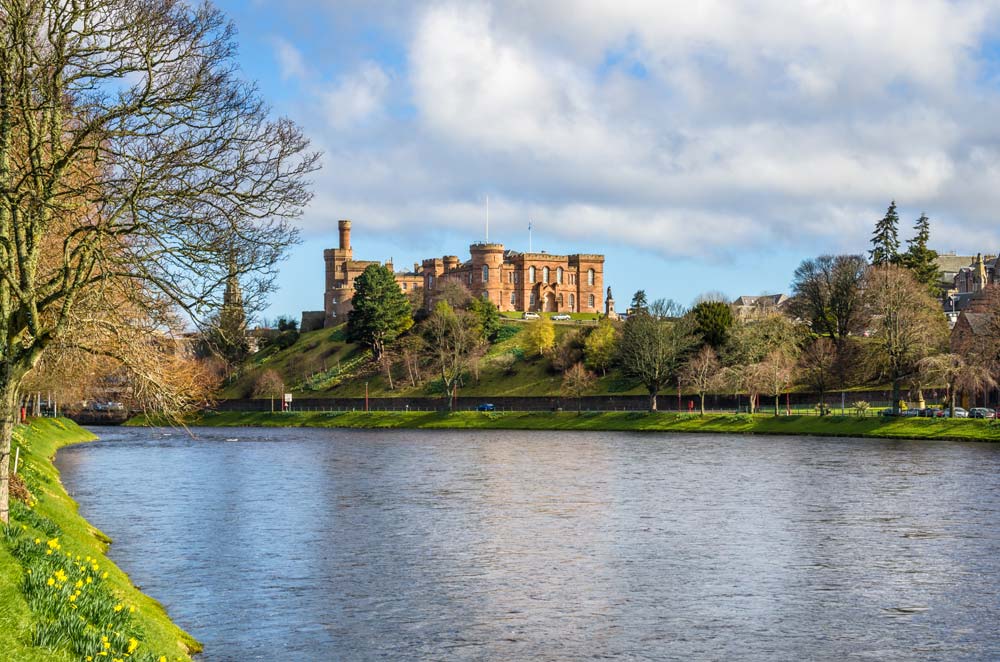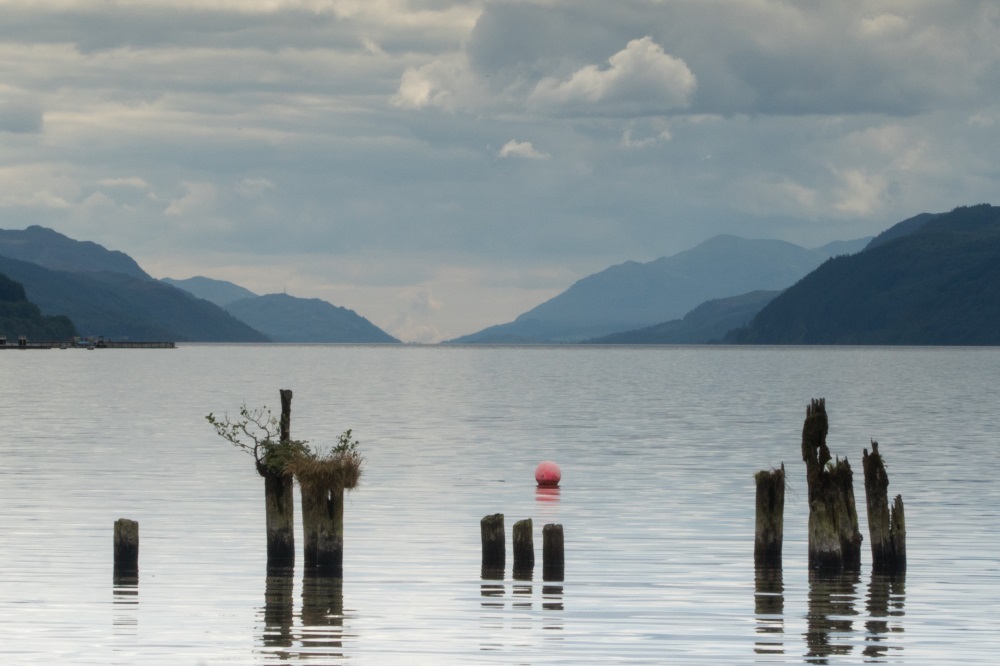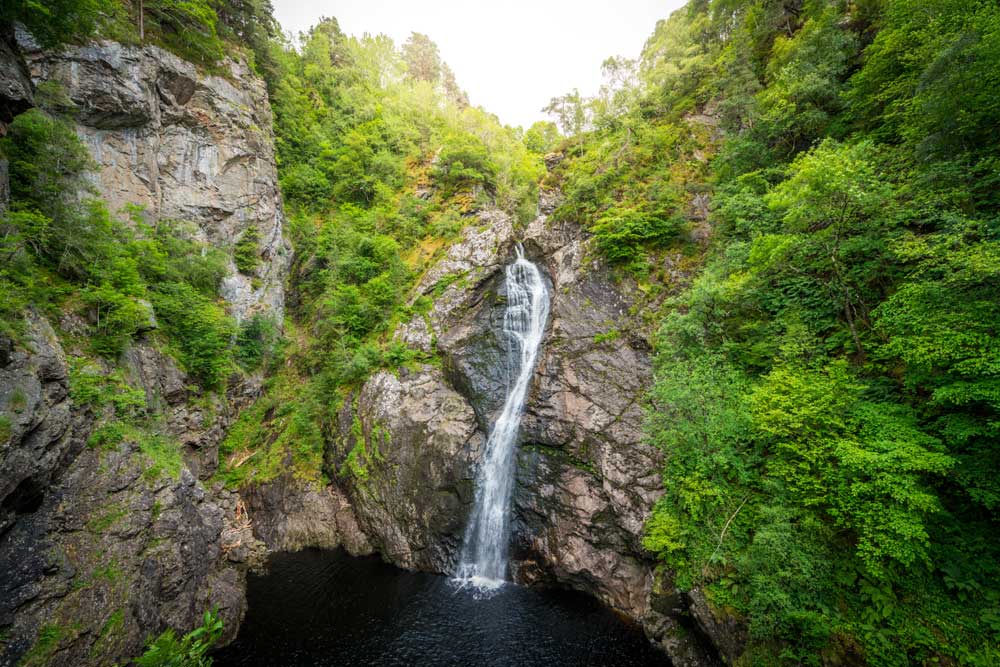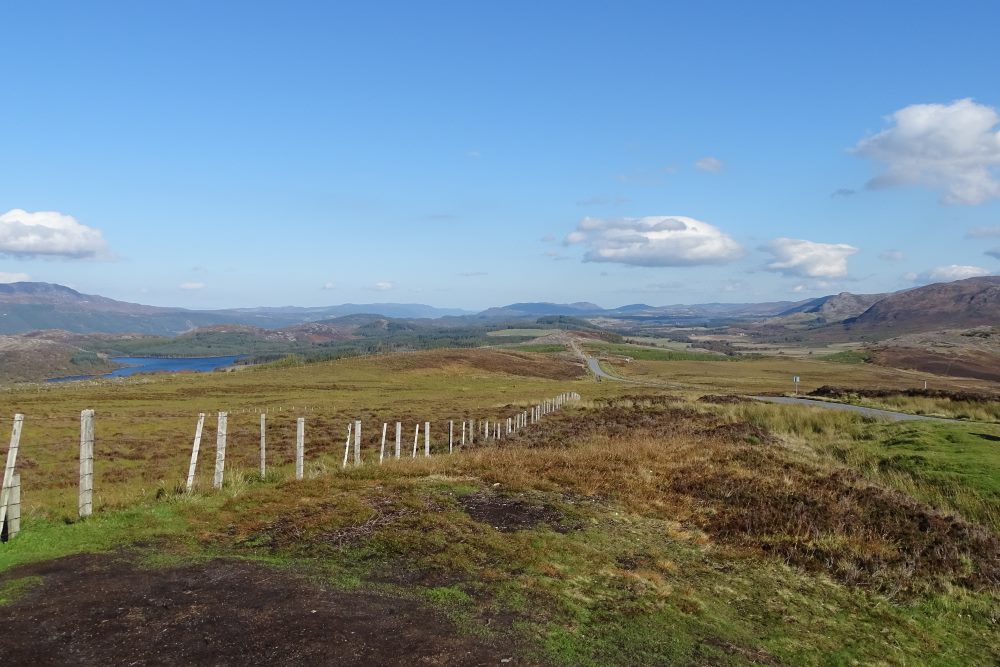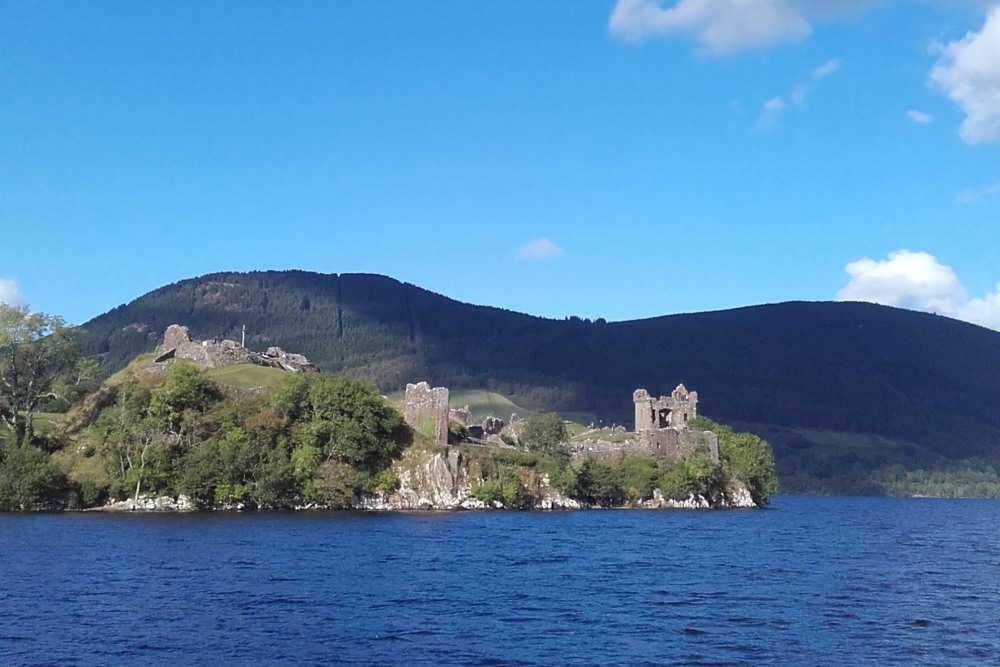Here at Loch Ness 360°, we promote activities around the Loch. This could be walking, cycling or running. But there’s a different way to explore the beauty of the loch, and that’s on the waves. If you would like to cruise Loch Ness on a boat, then you have plenty of options. It’s a wonderful thing to do, whether you would like some time to yourself in this amazing land, or something to do with the family. At 20 miles long and 700 feet at its maximum depth, there’s going to be a lot to see on this cruise.
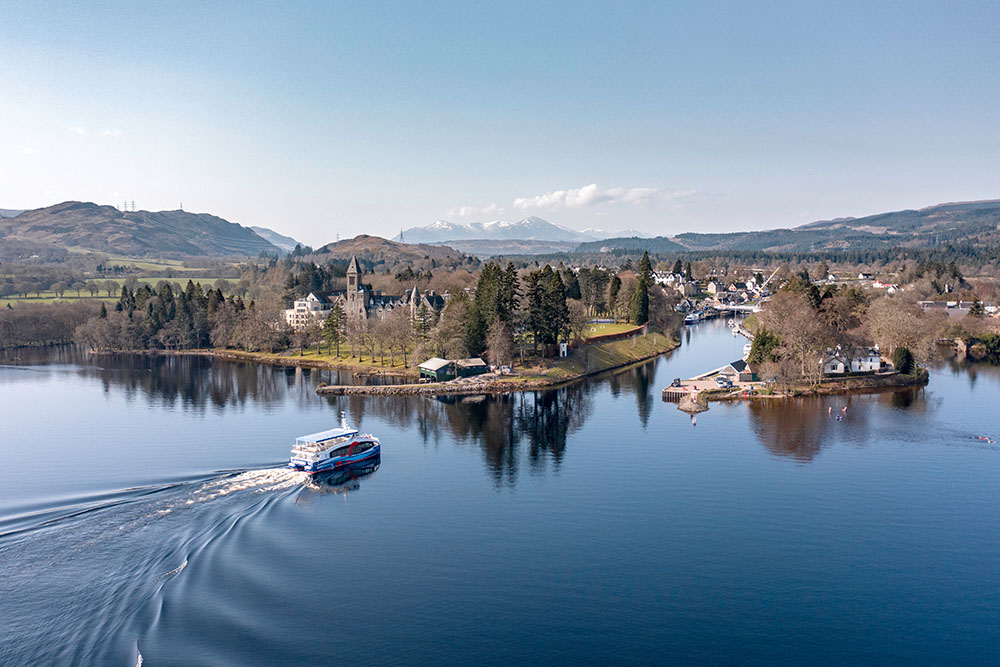
Loch Ness boat trips
So what can you see when you go on a Loch Ness boat trip? For a start, there’s the stunning wildlife. In this part of Scotland, you can often see ospreys and golden eagles soaring in the sky. Deer can often be spotted on the hills. And as for what lurks beneath the waters? Well, there’s been a few thoughts on that! The Loch Ness Monster has been a legendary story for many years now – but who’s to say she won’t pop her head up when you visit?
If you are looking to do some Nessie hunting yourself, getting on a boat with a pair of binoculars is a good start. However to really see what’s beneath the waves, you need tech. Companies like Loch Ness Cruises offer colour sonars, radar and GPS to make sure you don’t miss the next sighting!
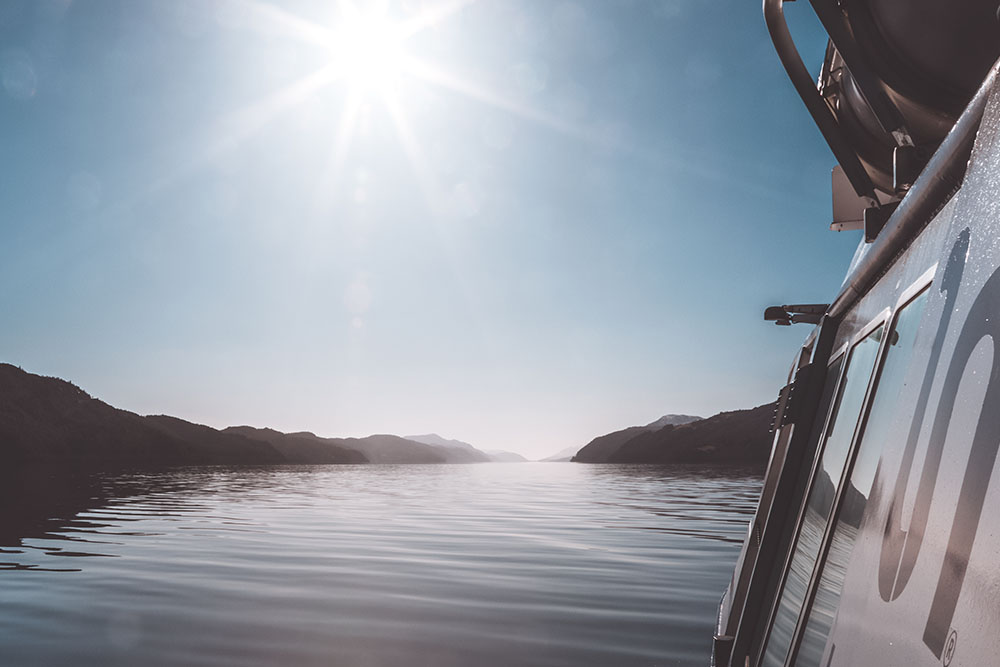
History & heritage of Loch Ness
The best Loch Ness cruise will offer guides to explain what you are seeing. And there is a lot to see on a cruise. Some of the heritage is also beautiful – for example Urquhart Castle, perched on the loch’s banks. Let your guide take you back in time to 1200s, when the castle was stolen by the English and all the way to the 1600s when it became a ruin. Fans of the Outlander series might recognise it from the TV show too (although there’s no water horses around these days!).
Choosing your Loch Ness Boat Trip provider
There are many companies offering different experiences for you on Loch Ness. Loch Ness boat hire is also available should you wish to take to the water yourself in your own time. You could even turn it into a holiday and stay on a boat for a few days too. Whatever your desire, be it a short cruise or longer stay, you are sure to have an amazing experience on Loch Ness. Do book in advance, as some operators close for the winter. But whenever you decide to cruise Loch Ness, make sure you share your best photos with us on our social media pages!




